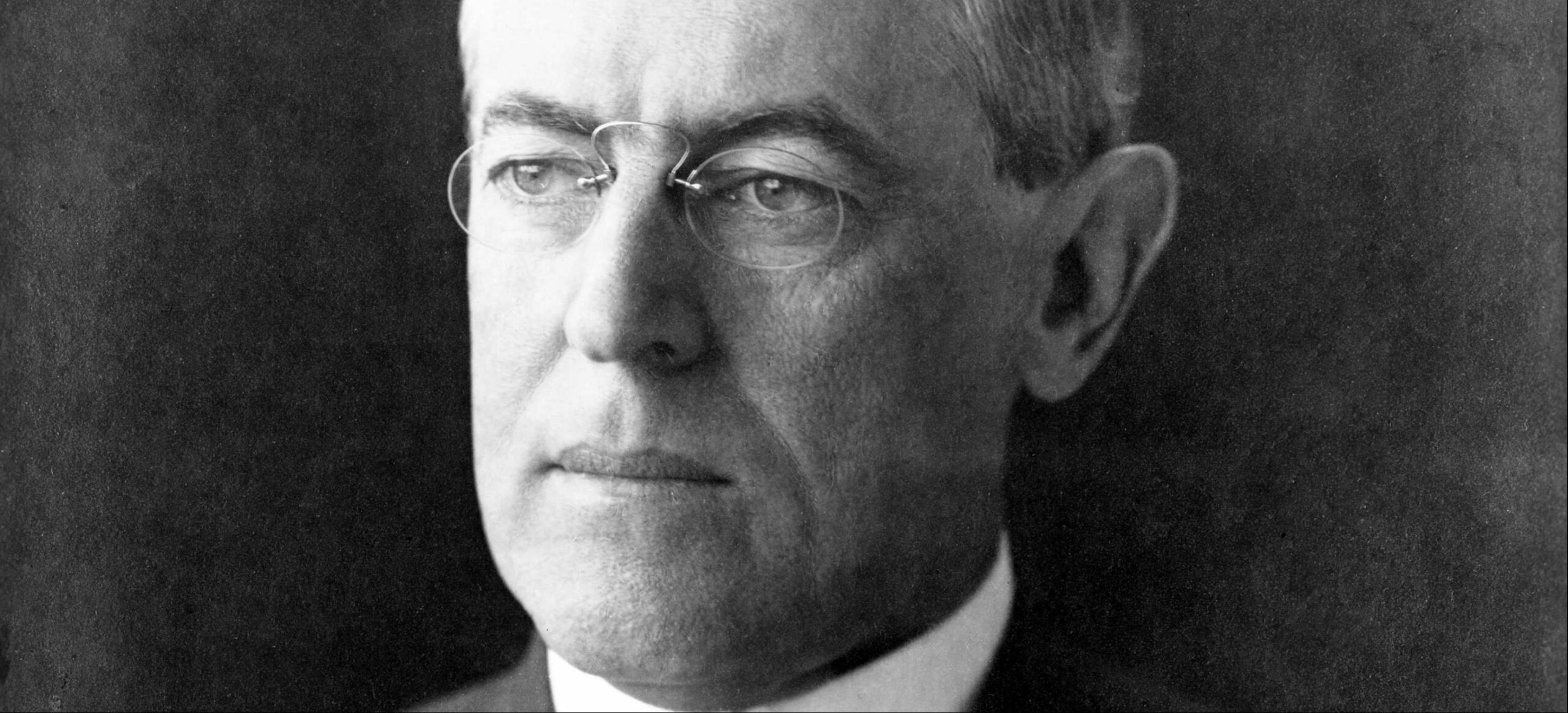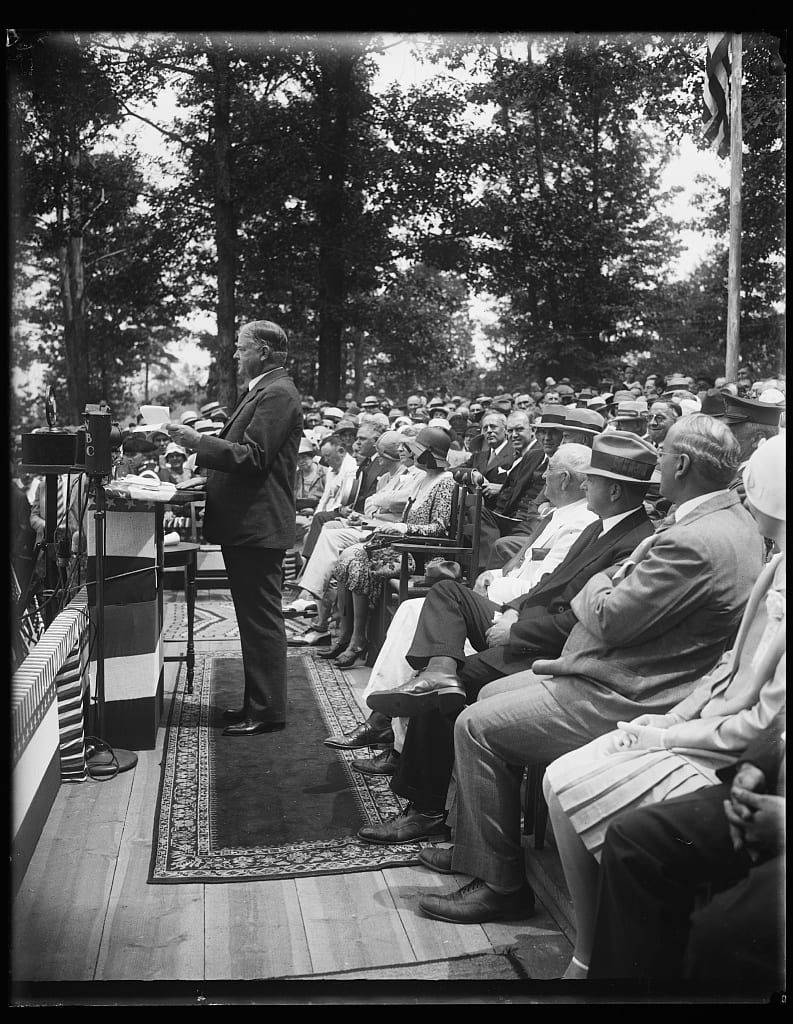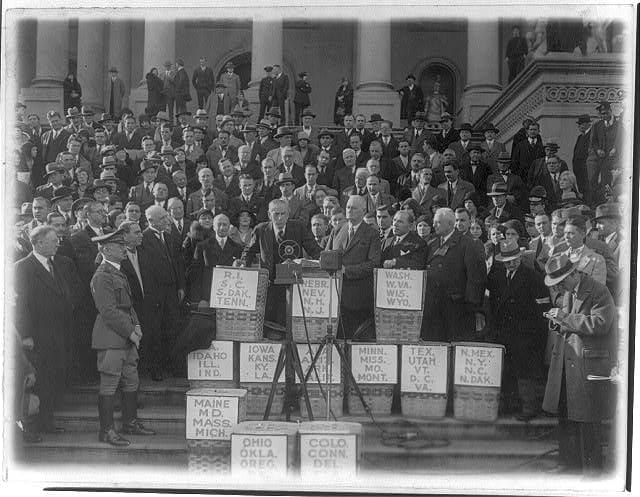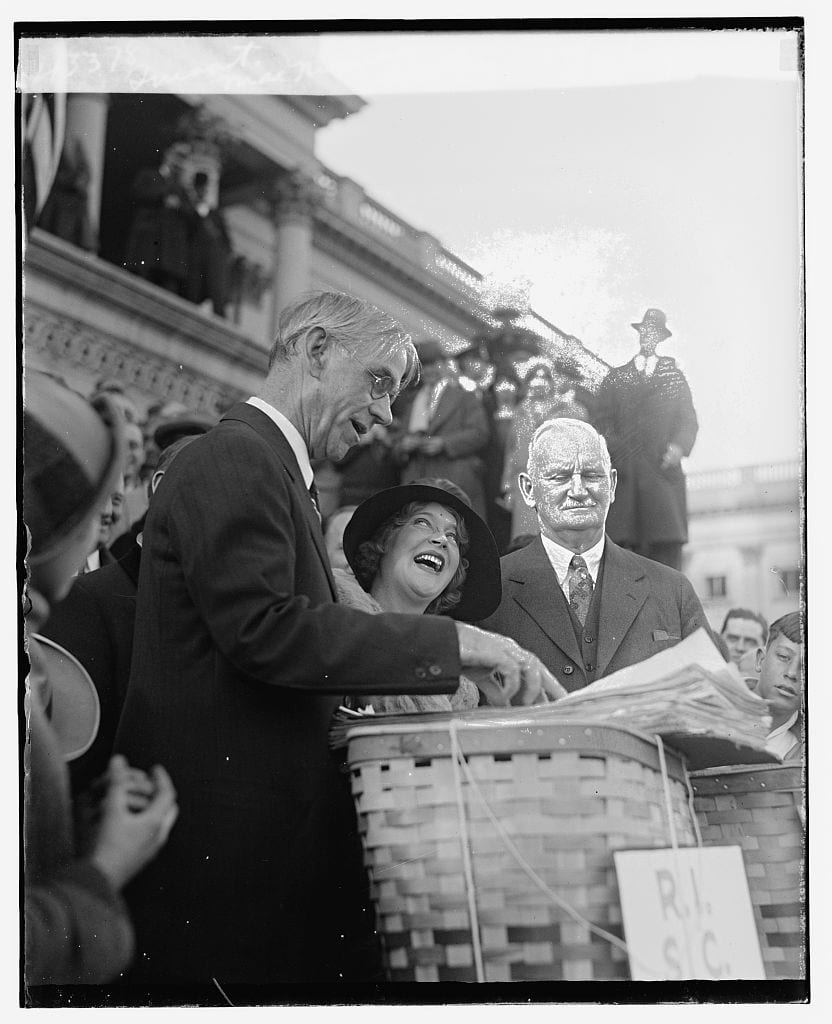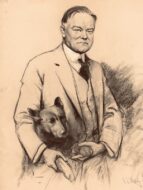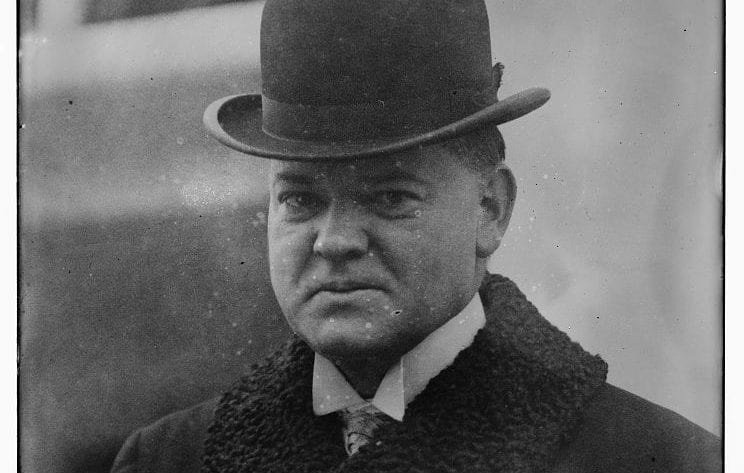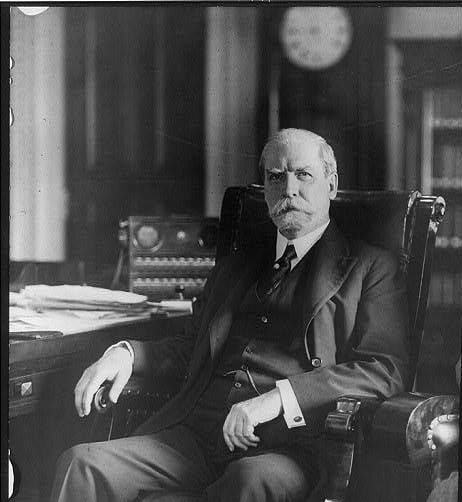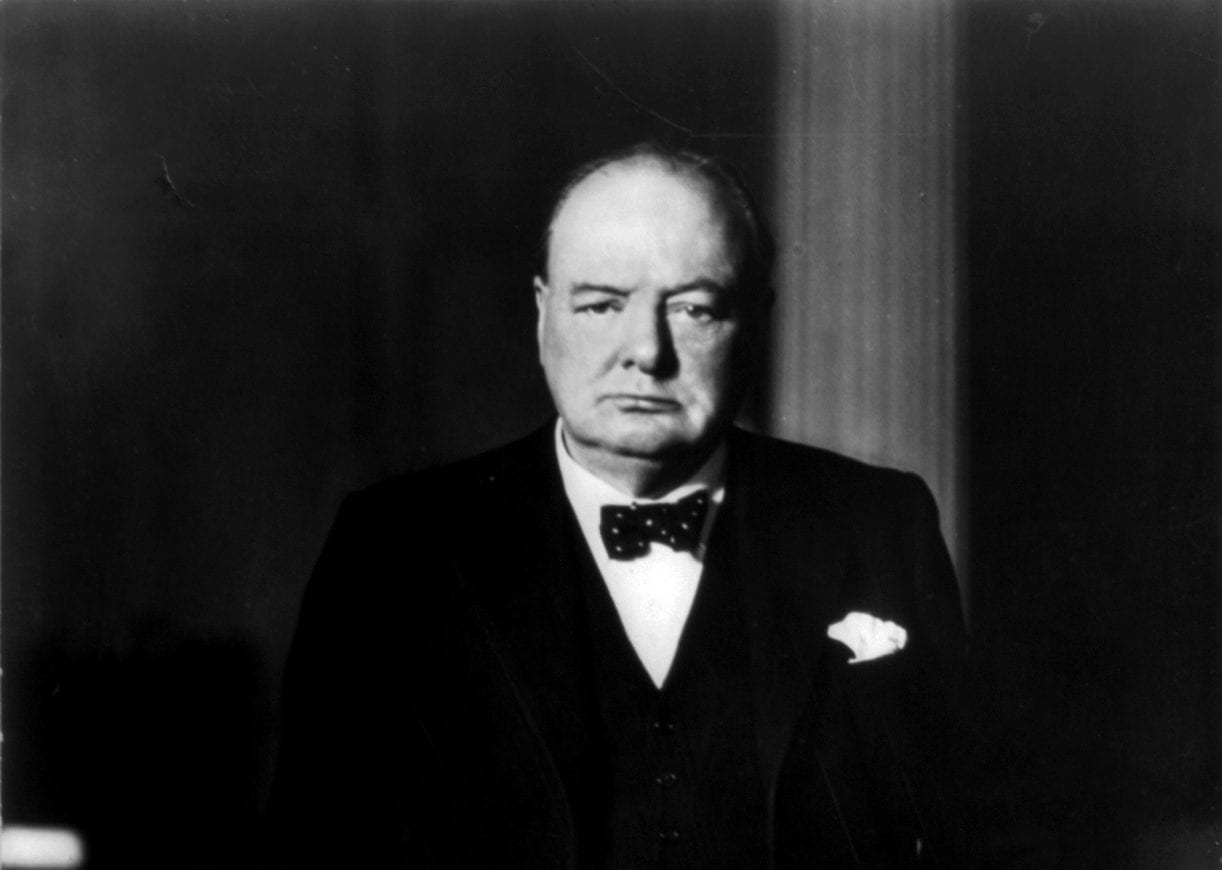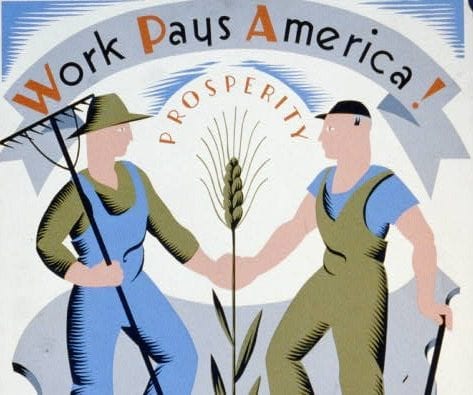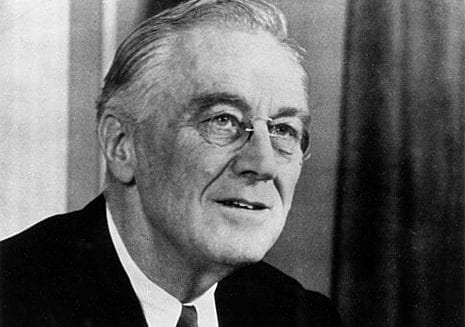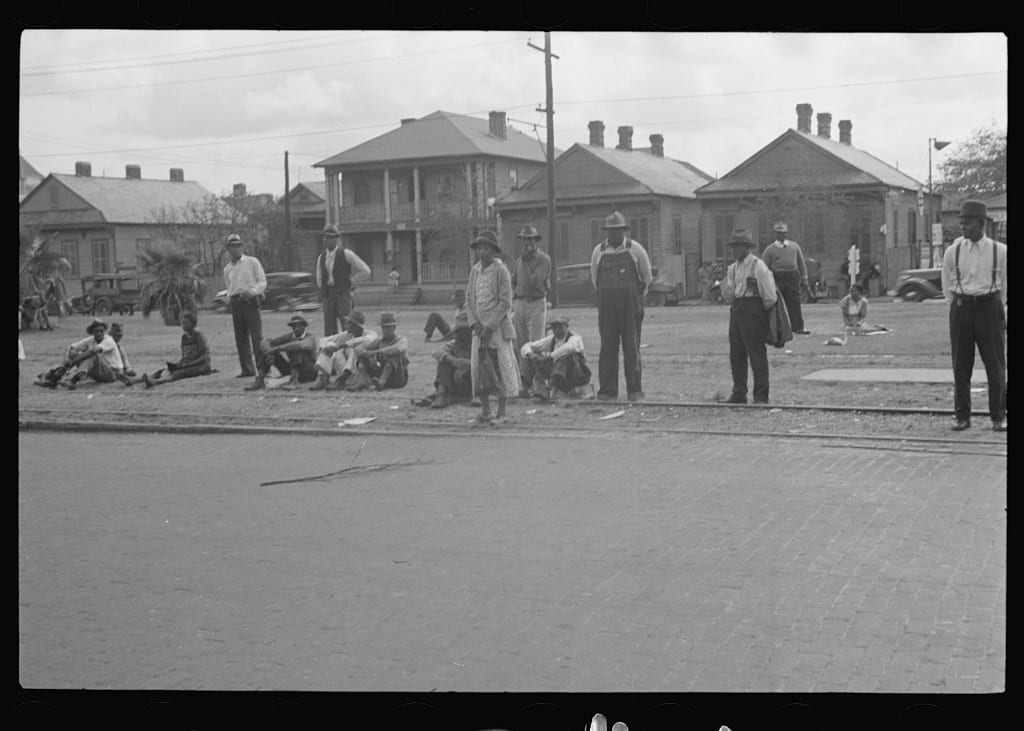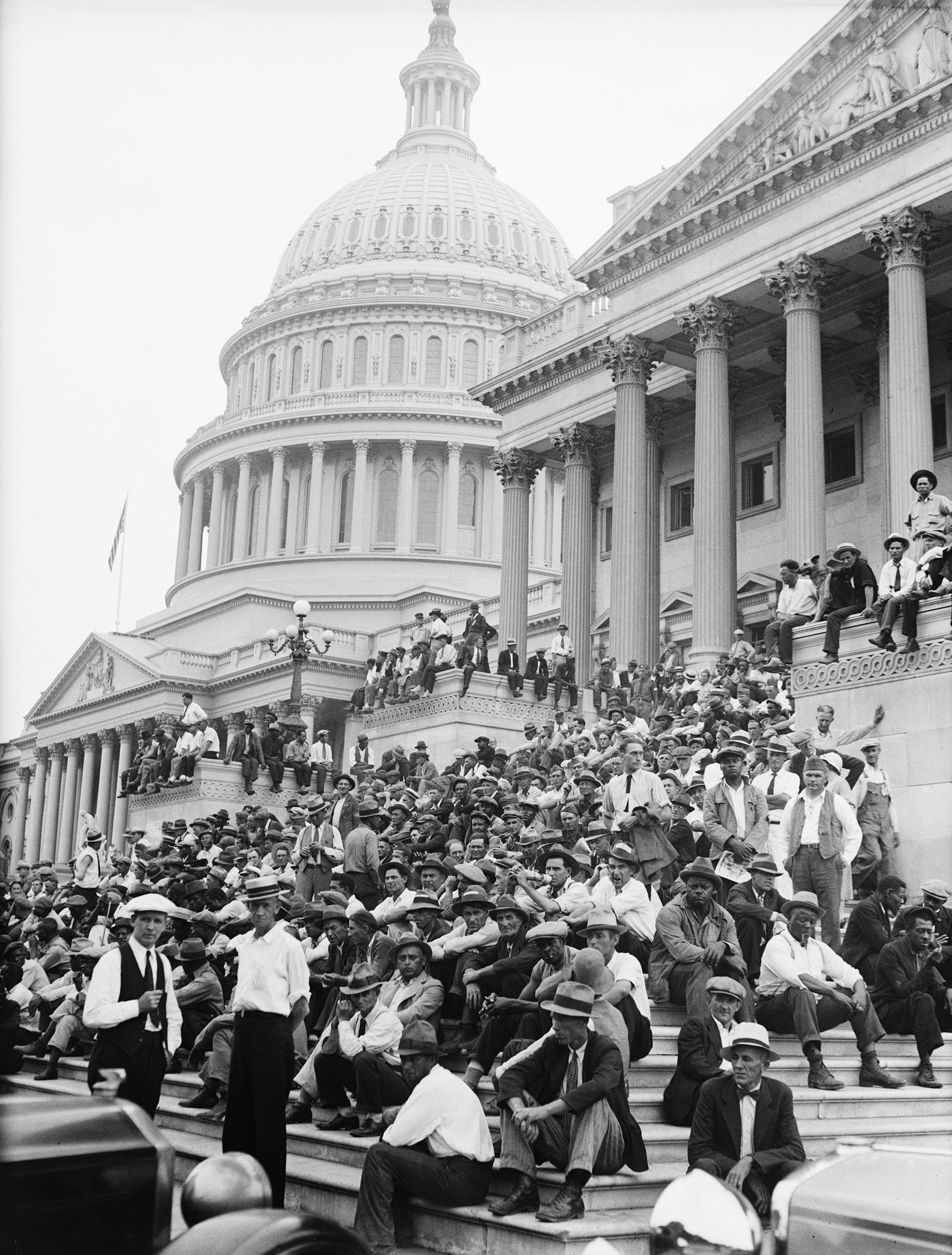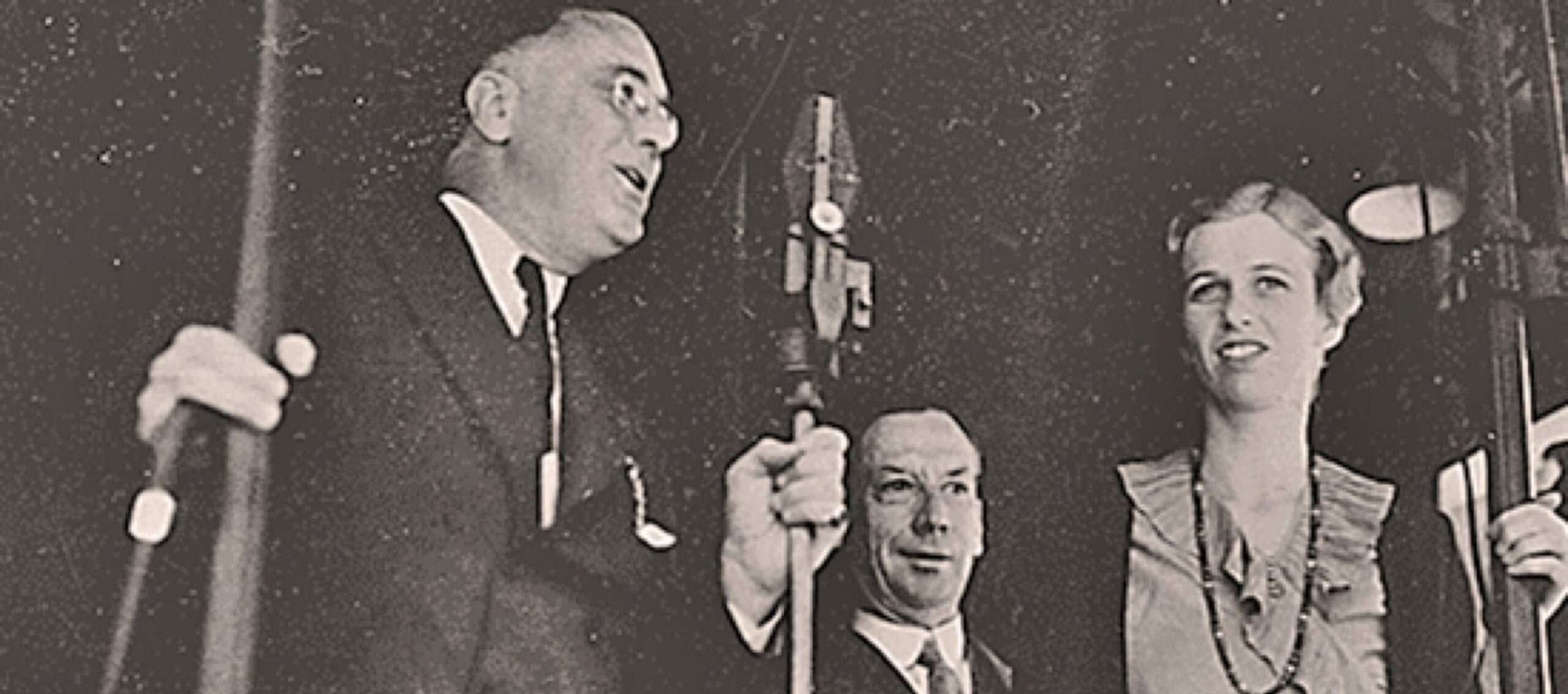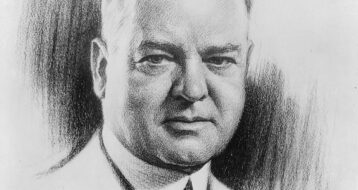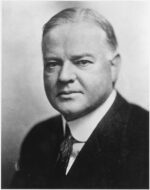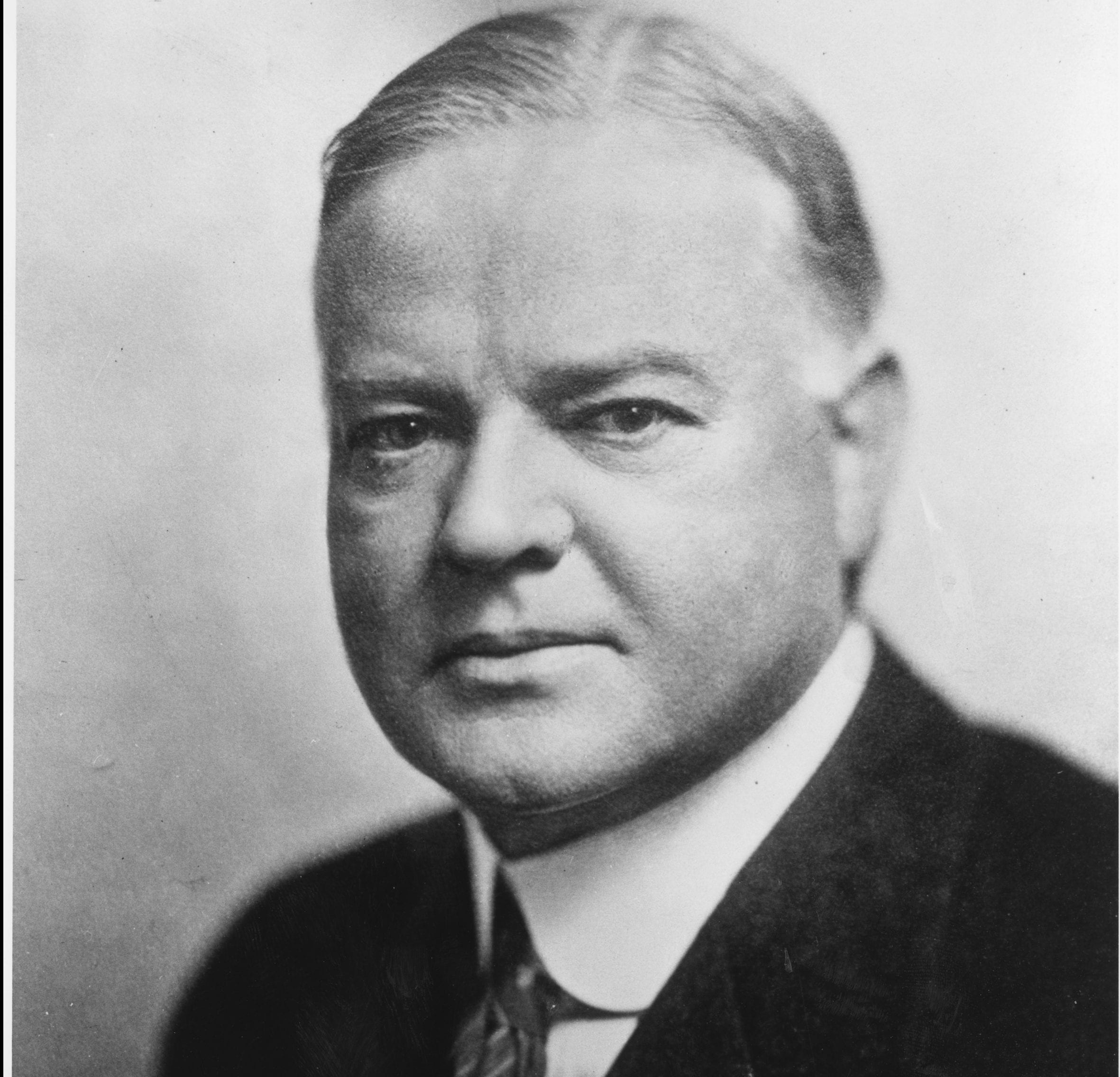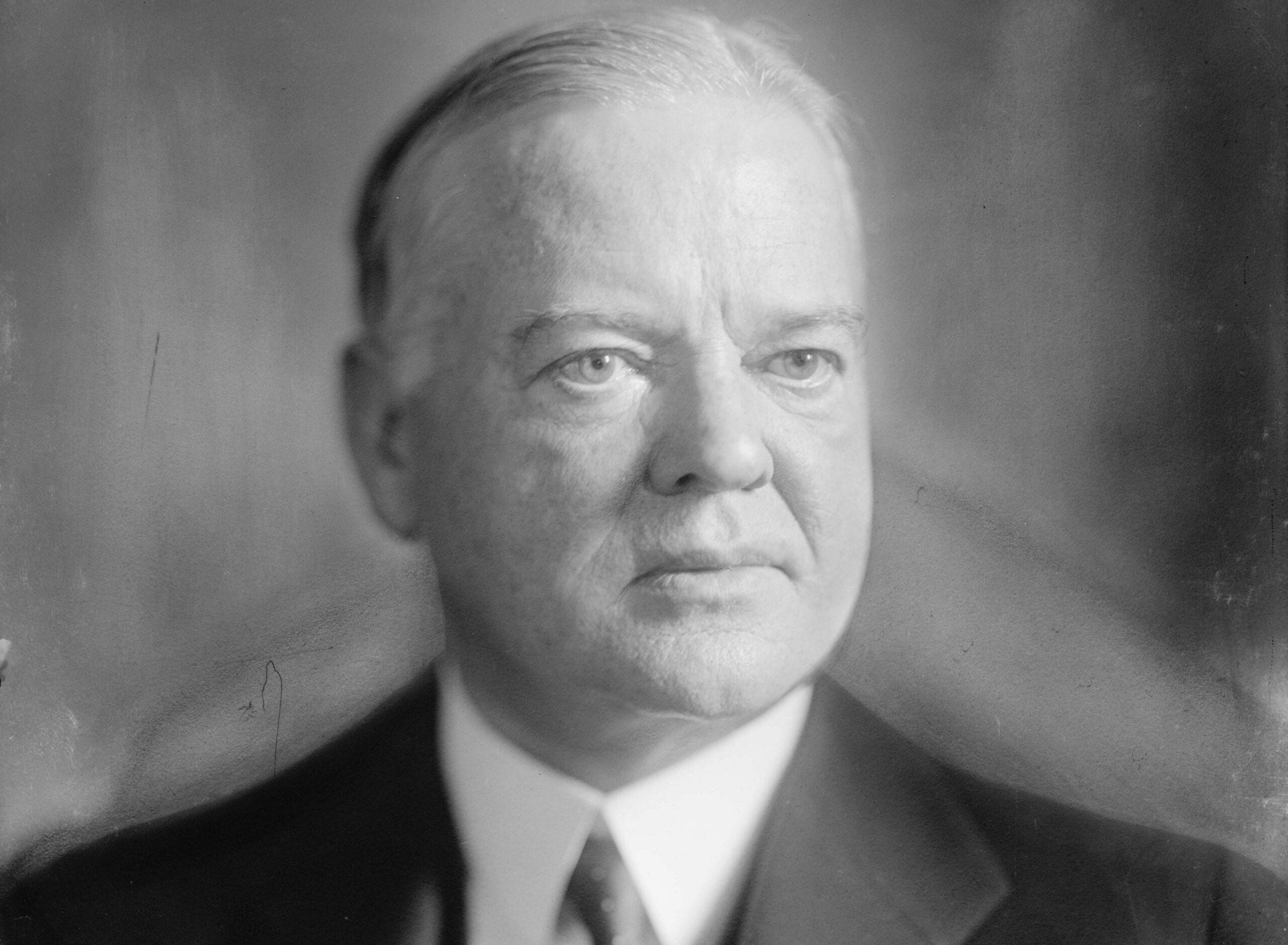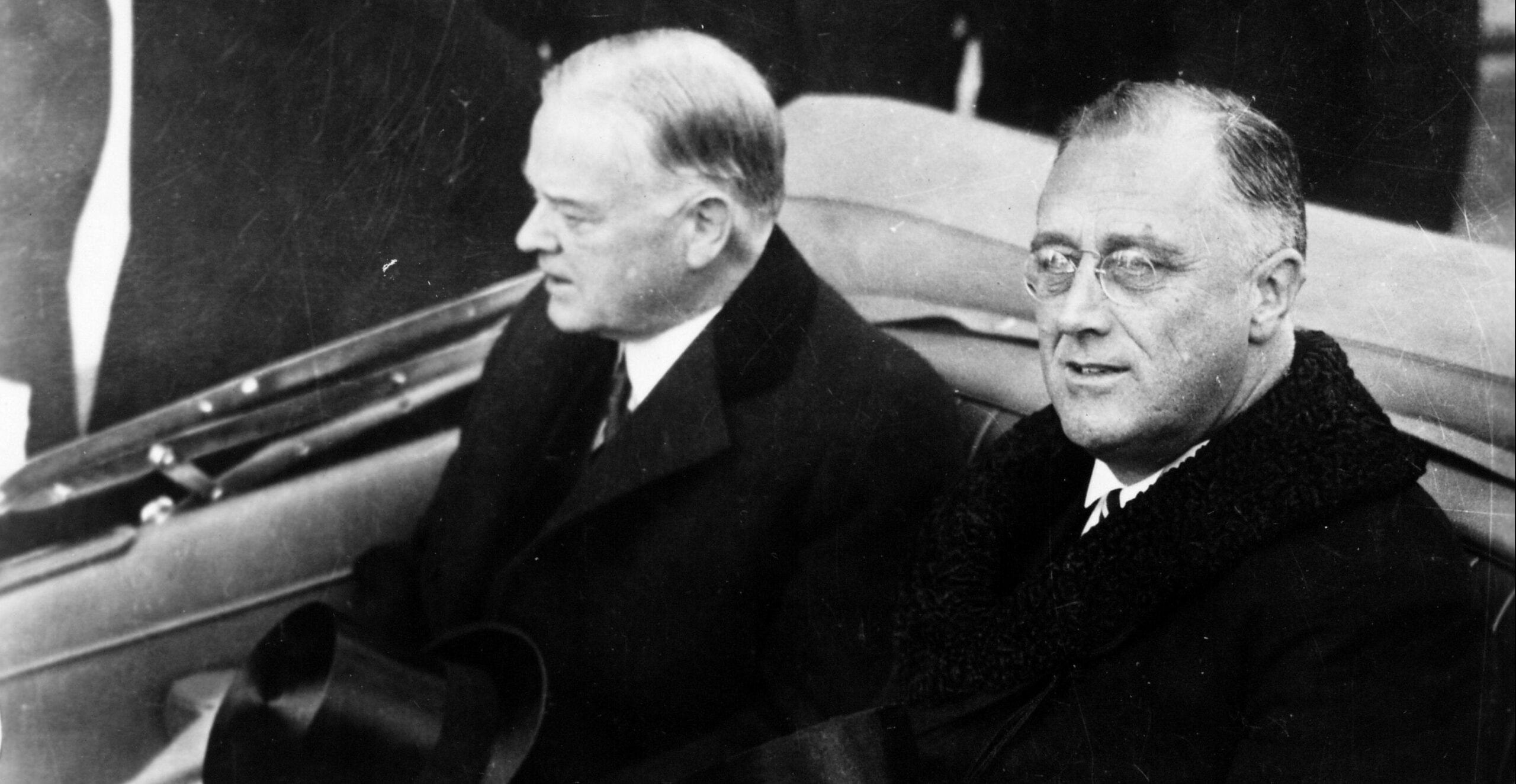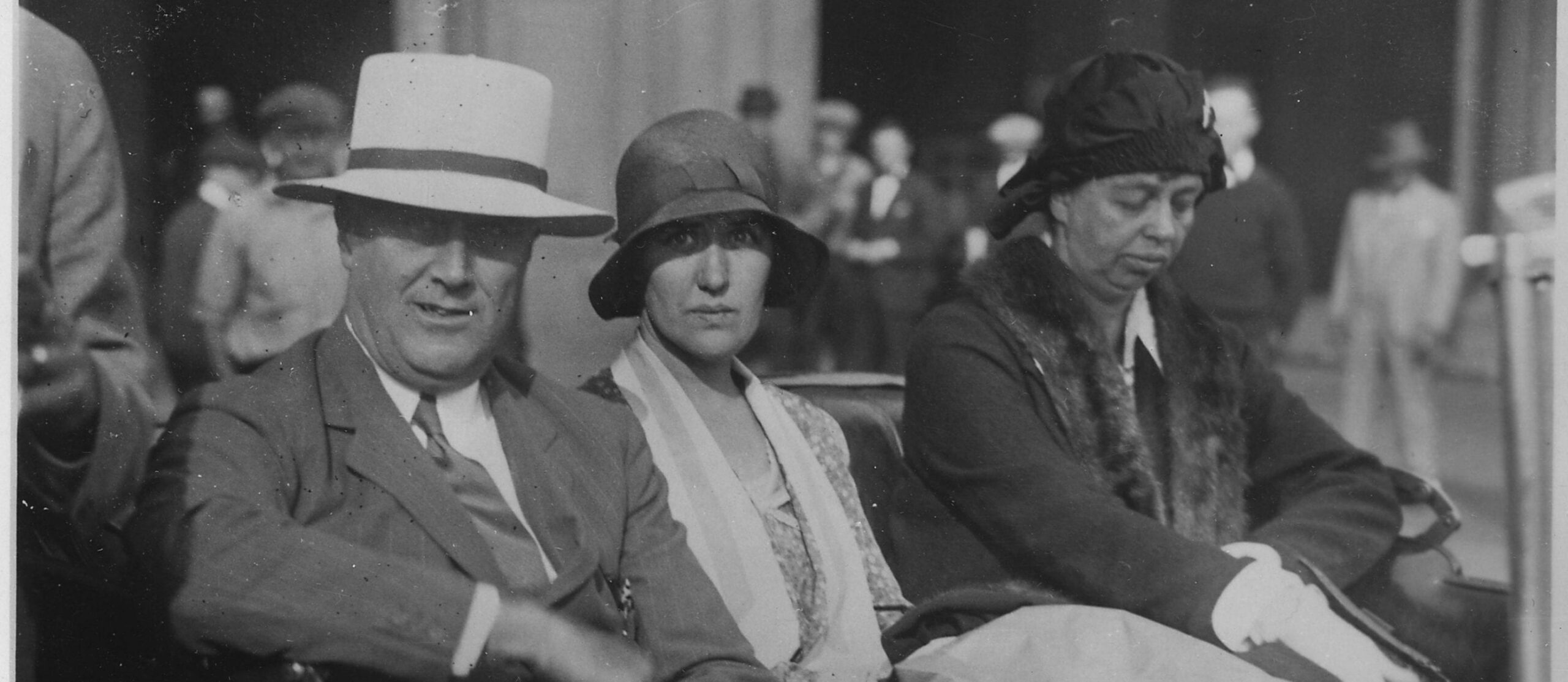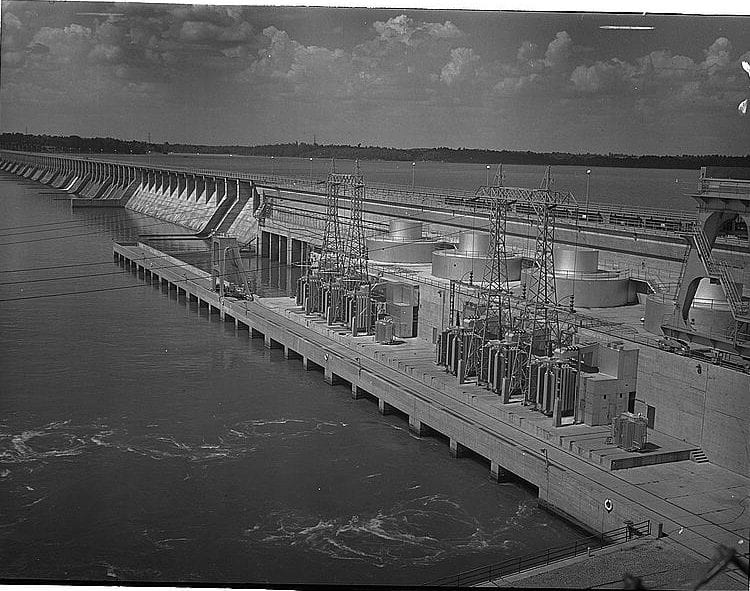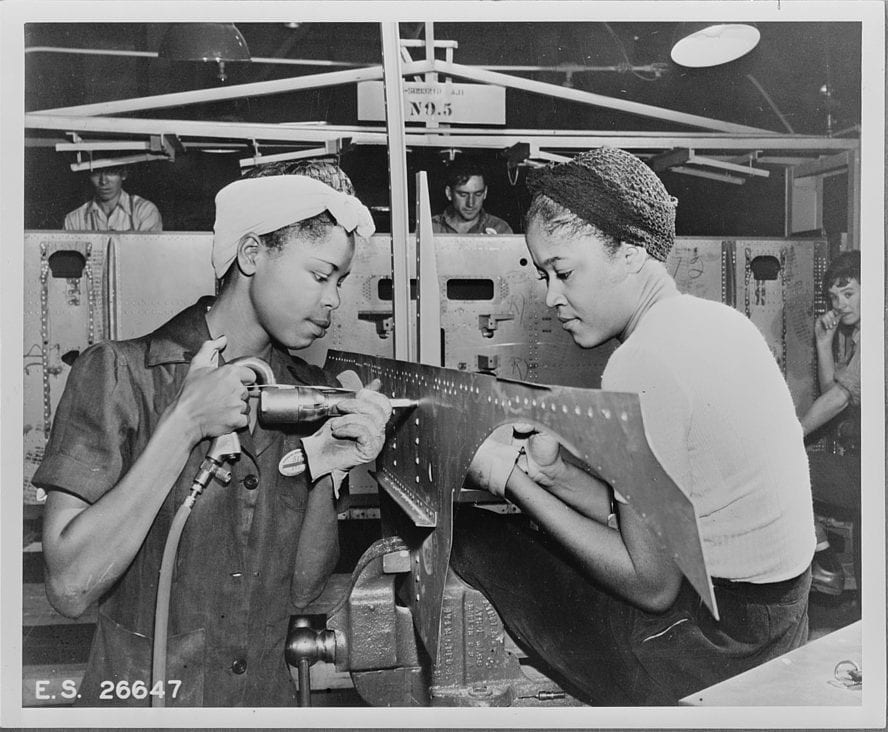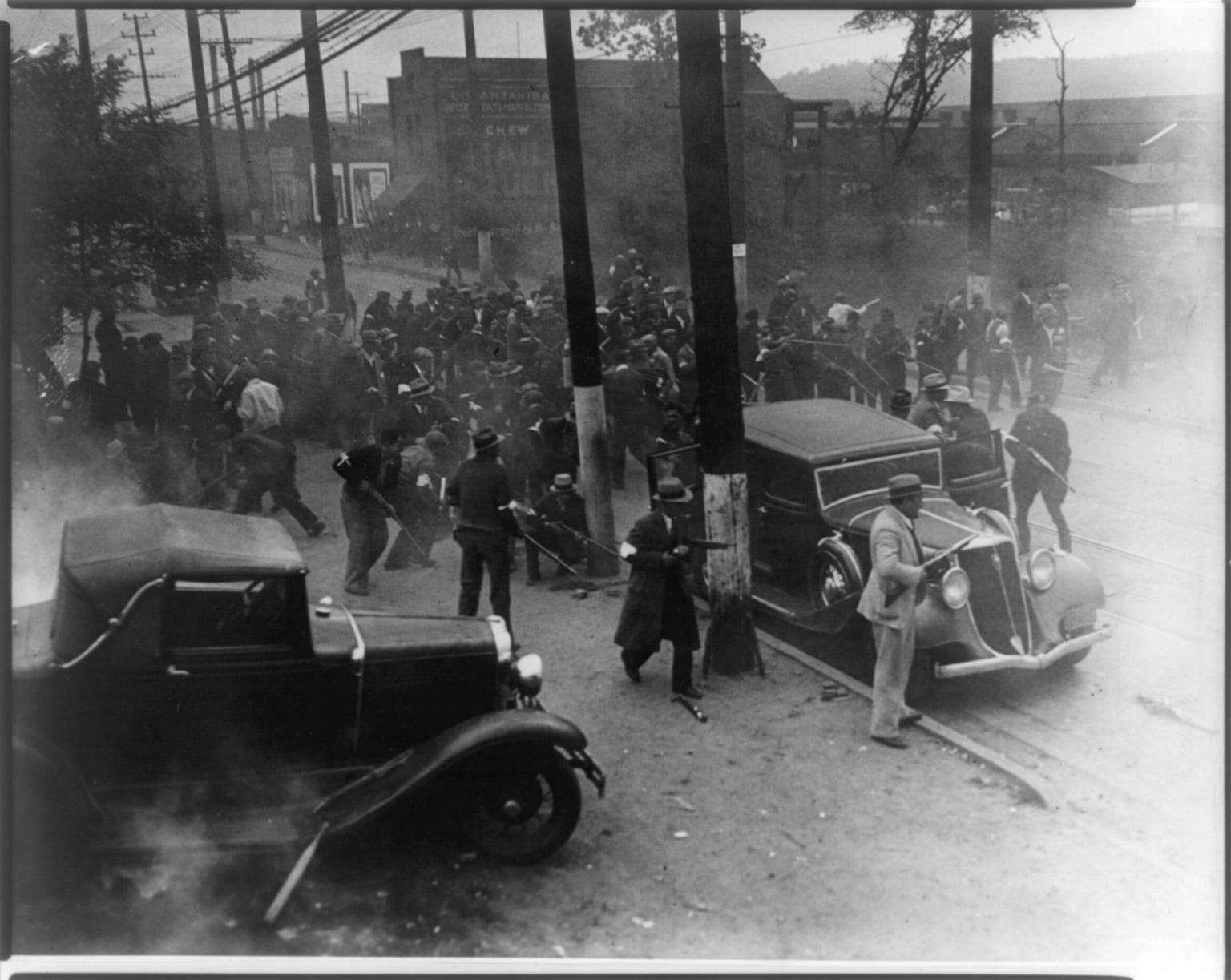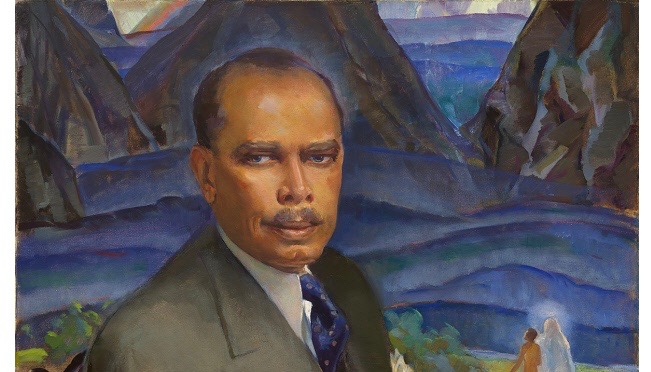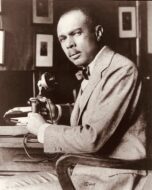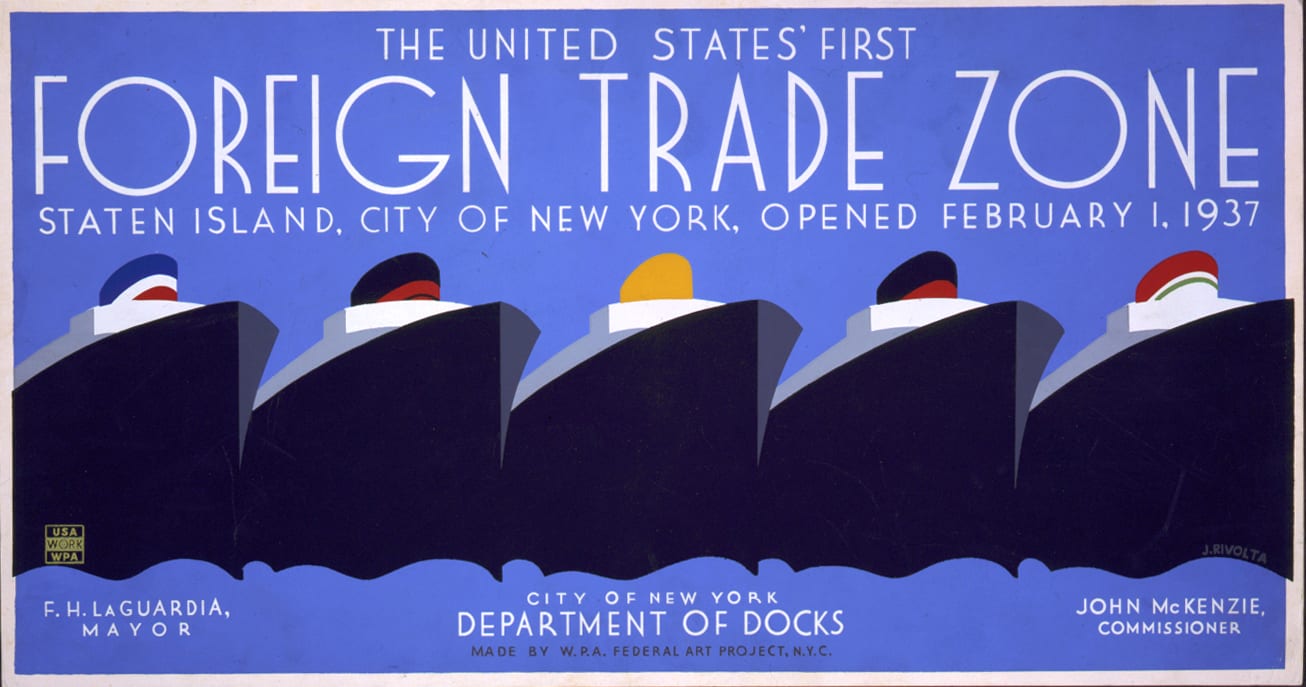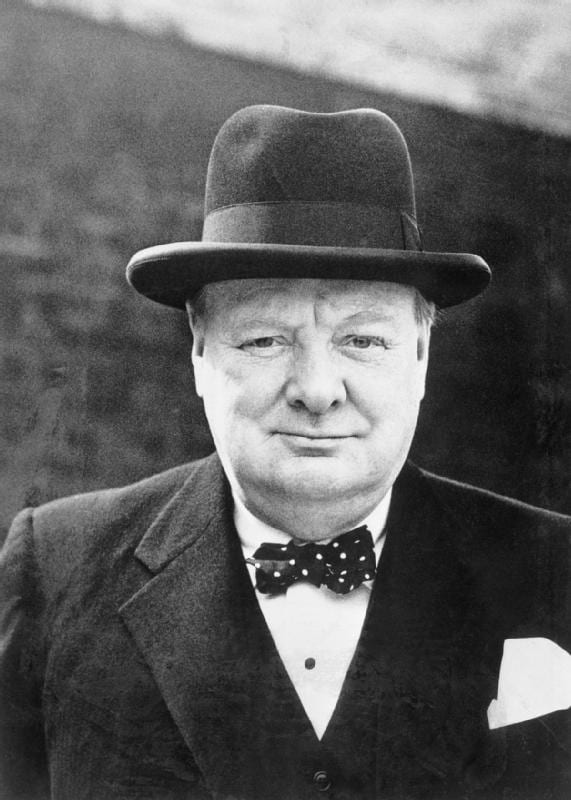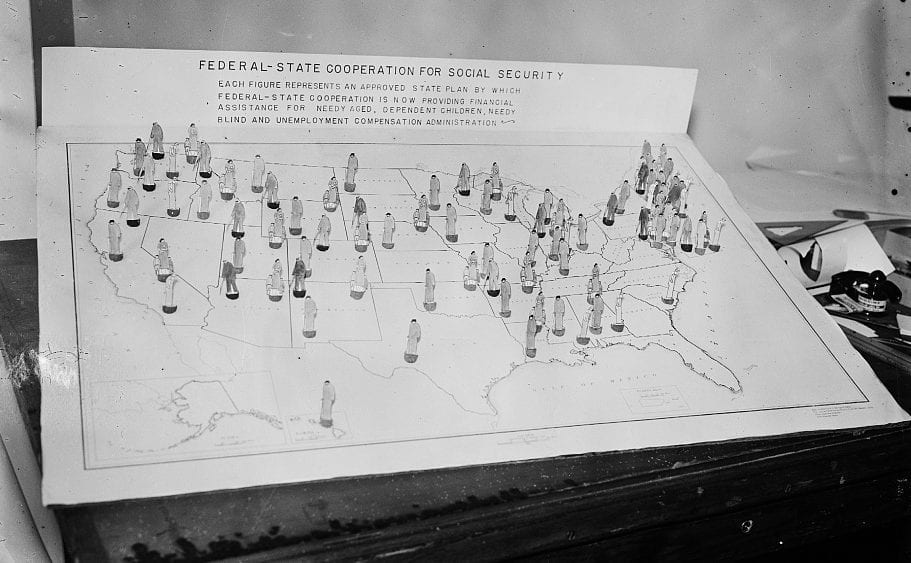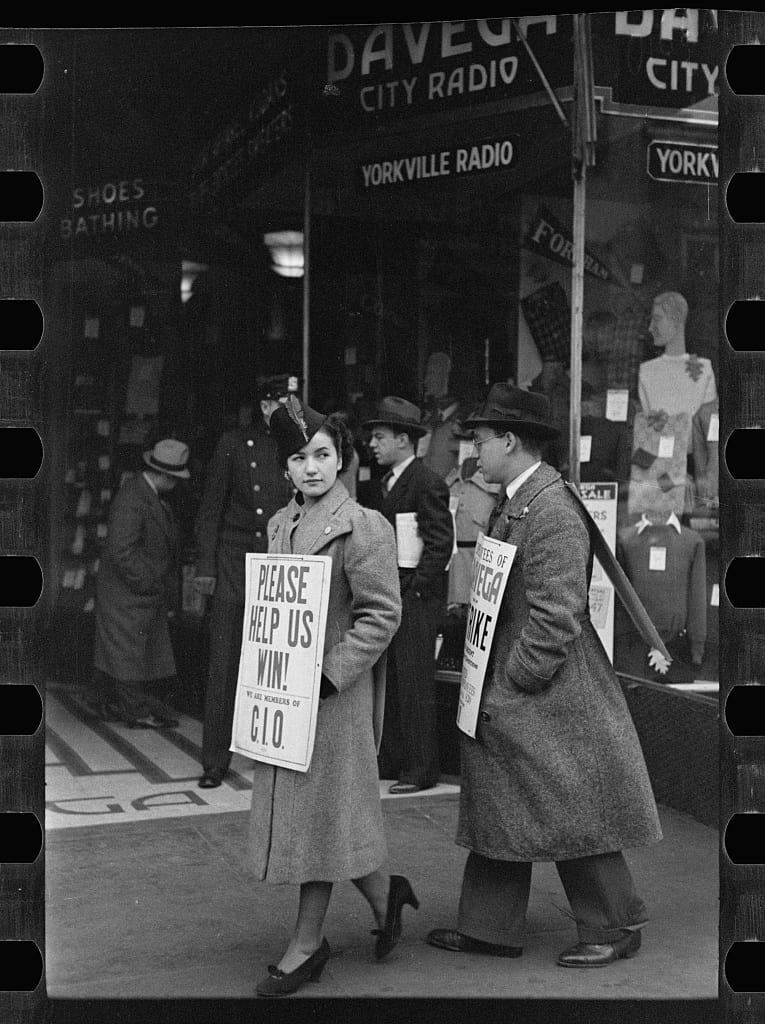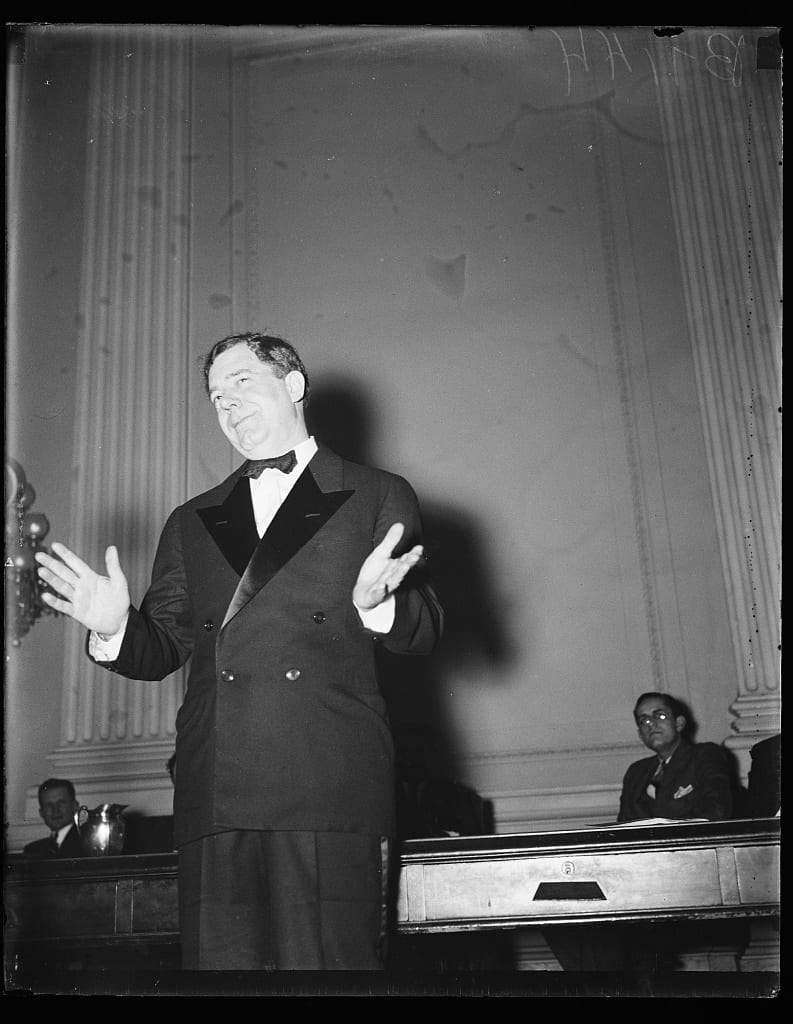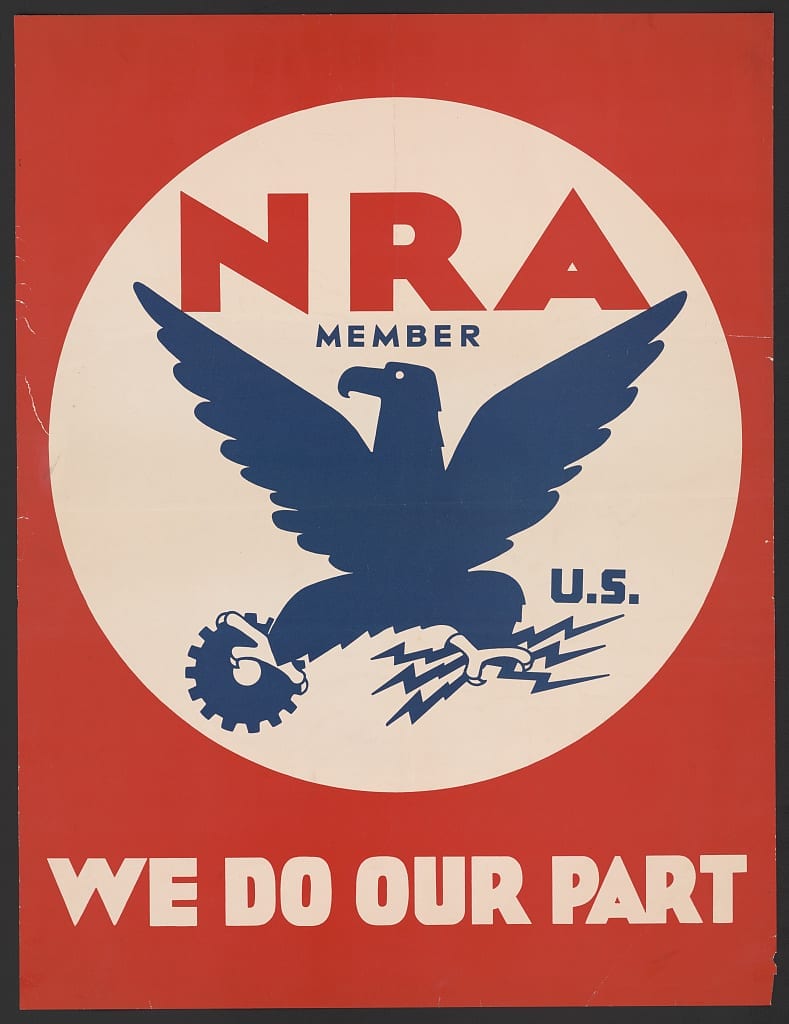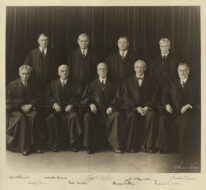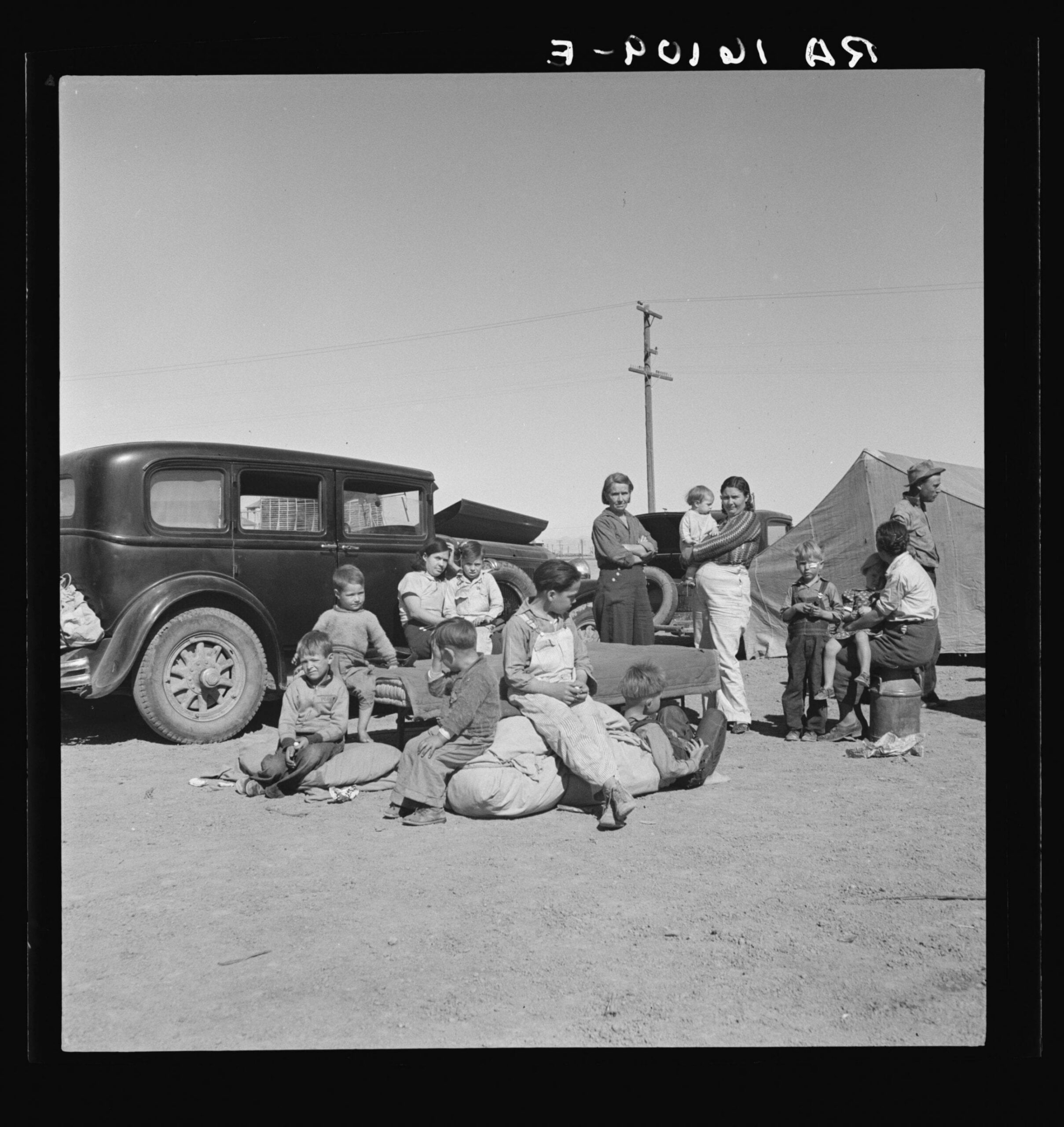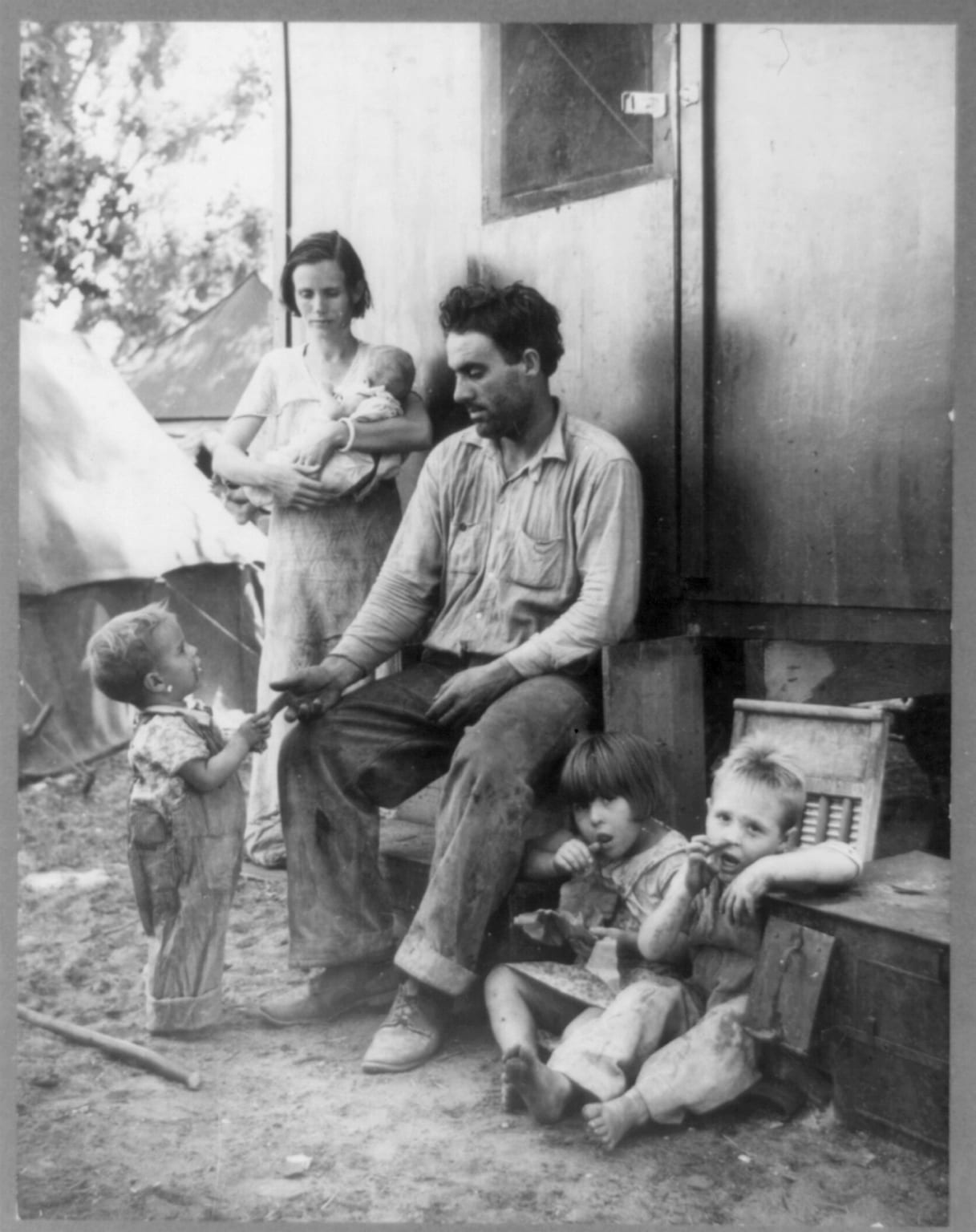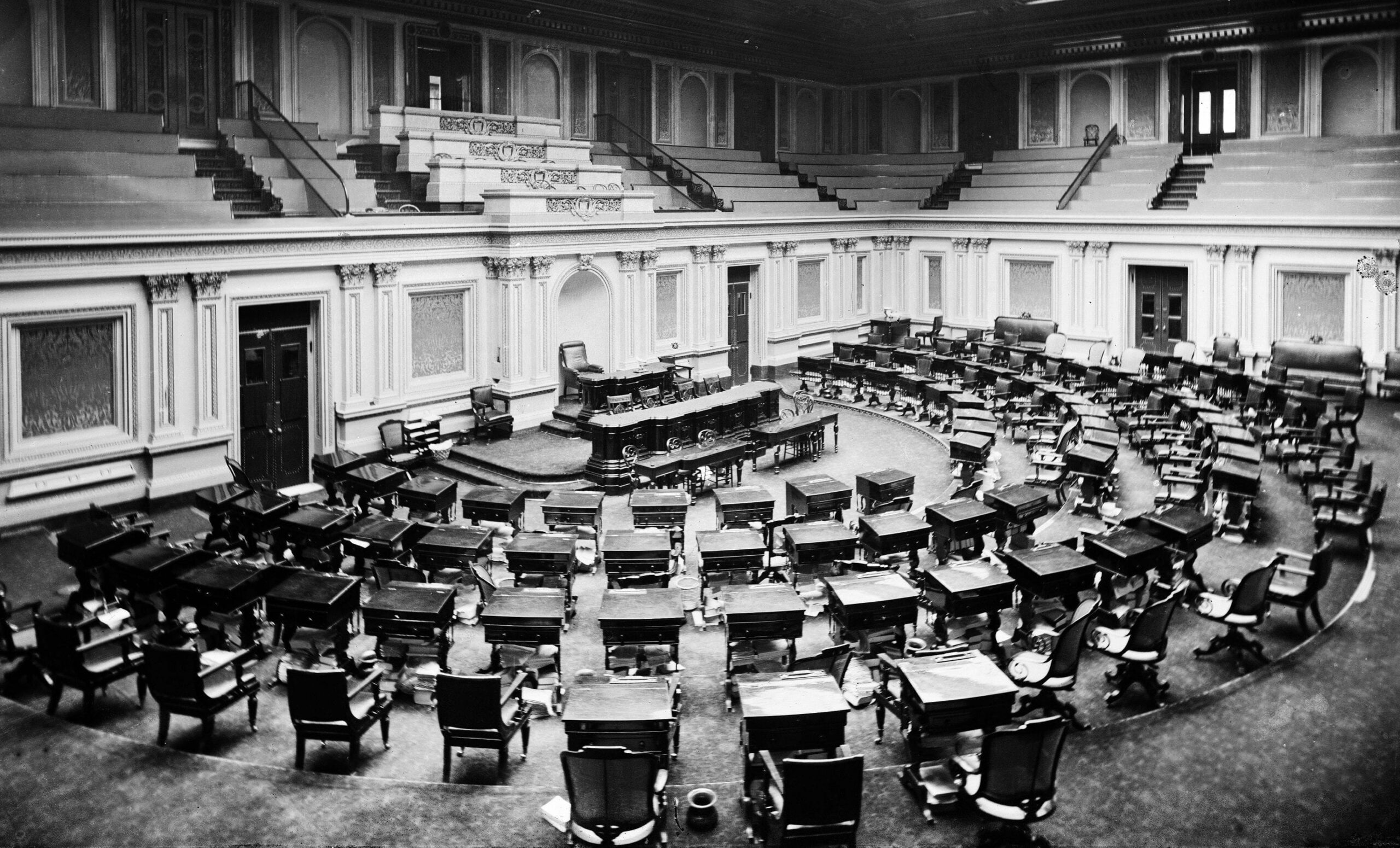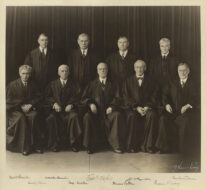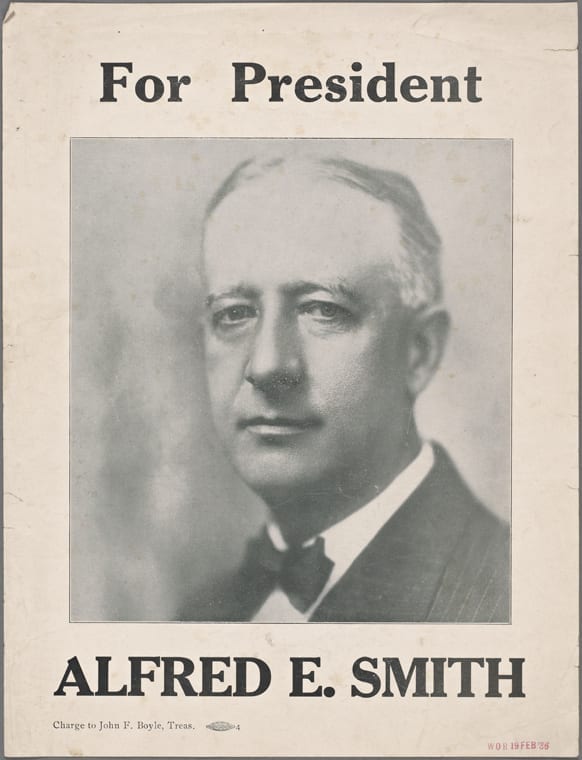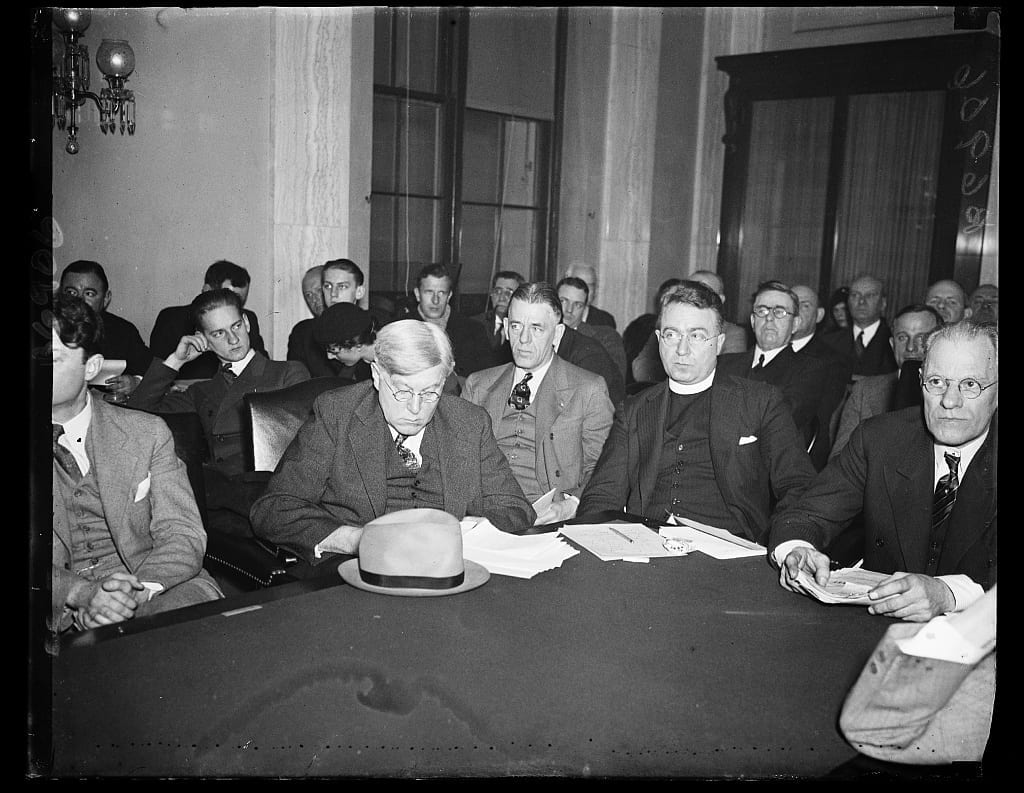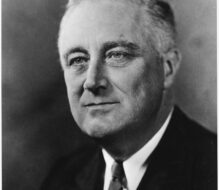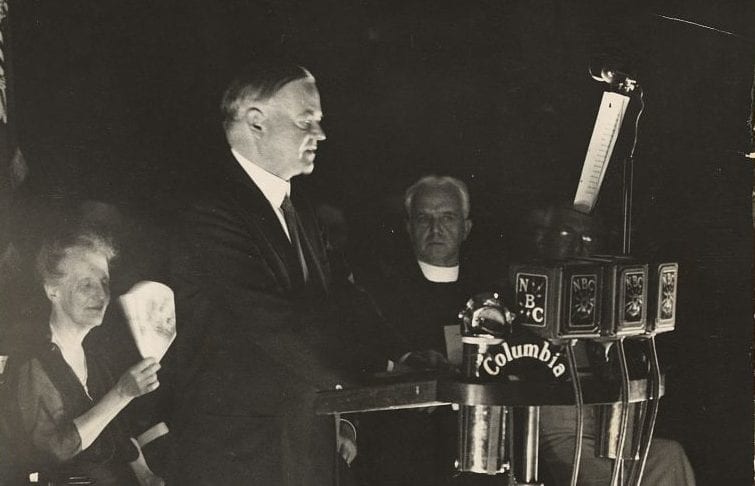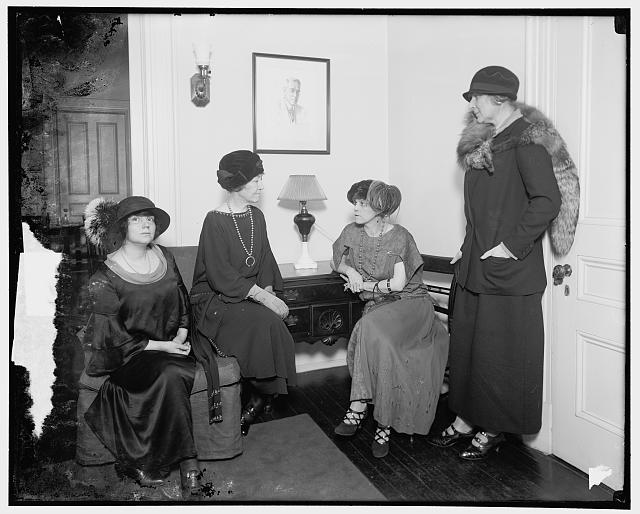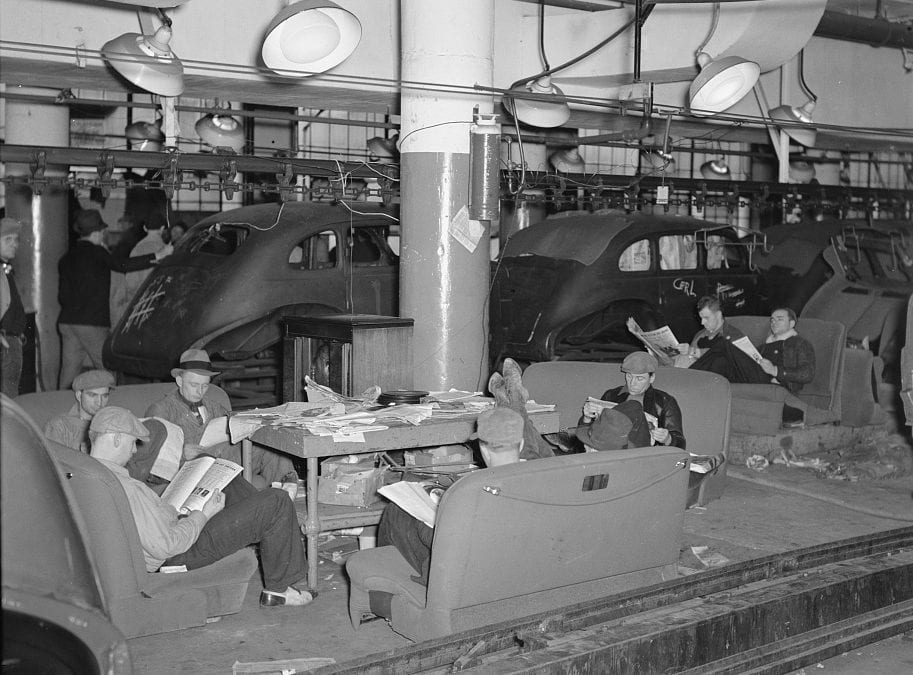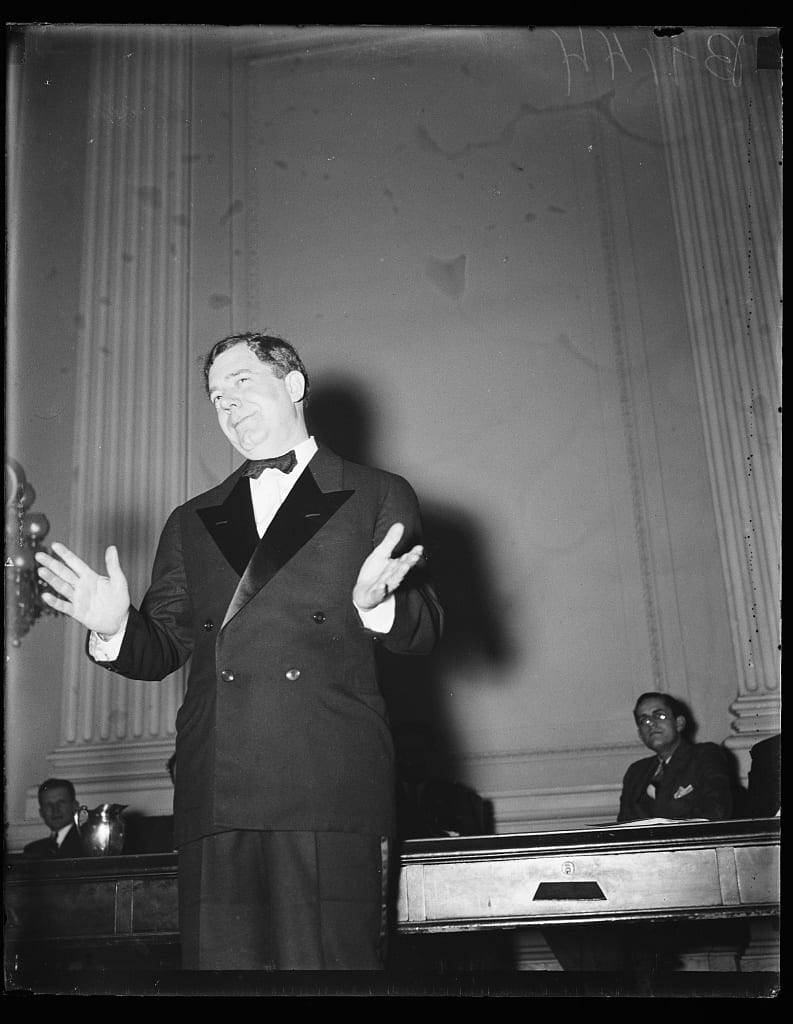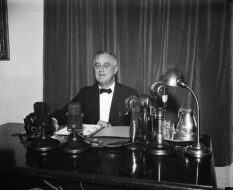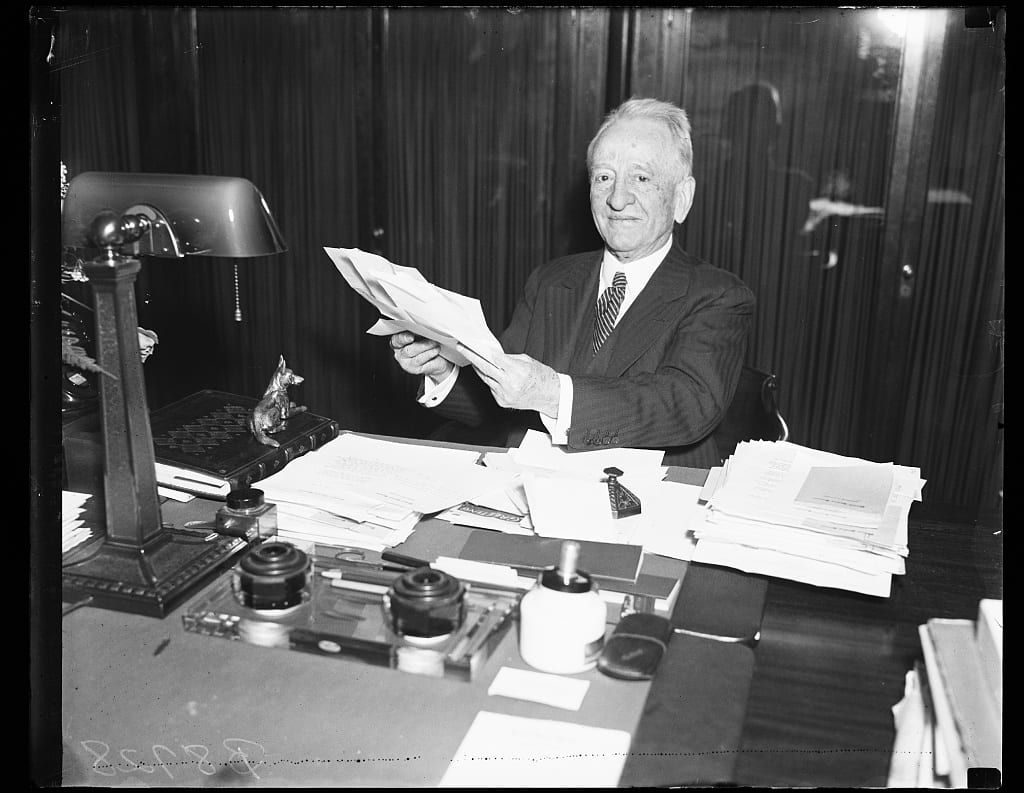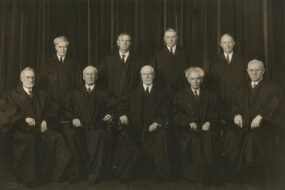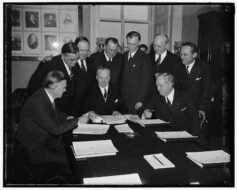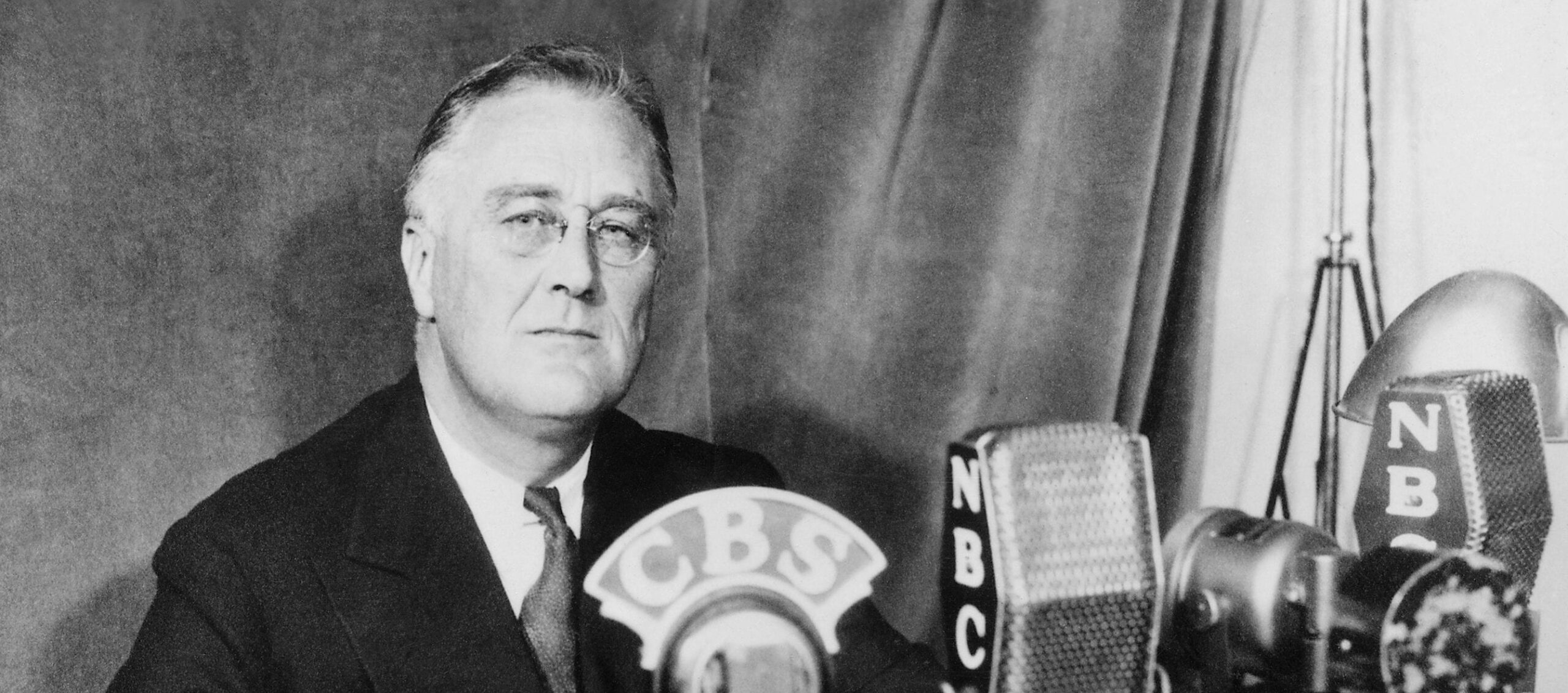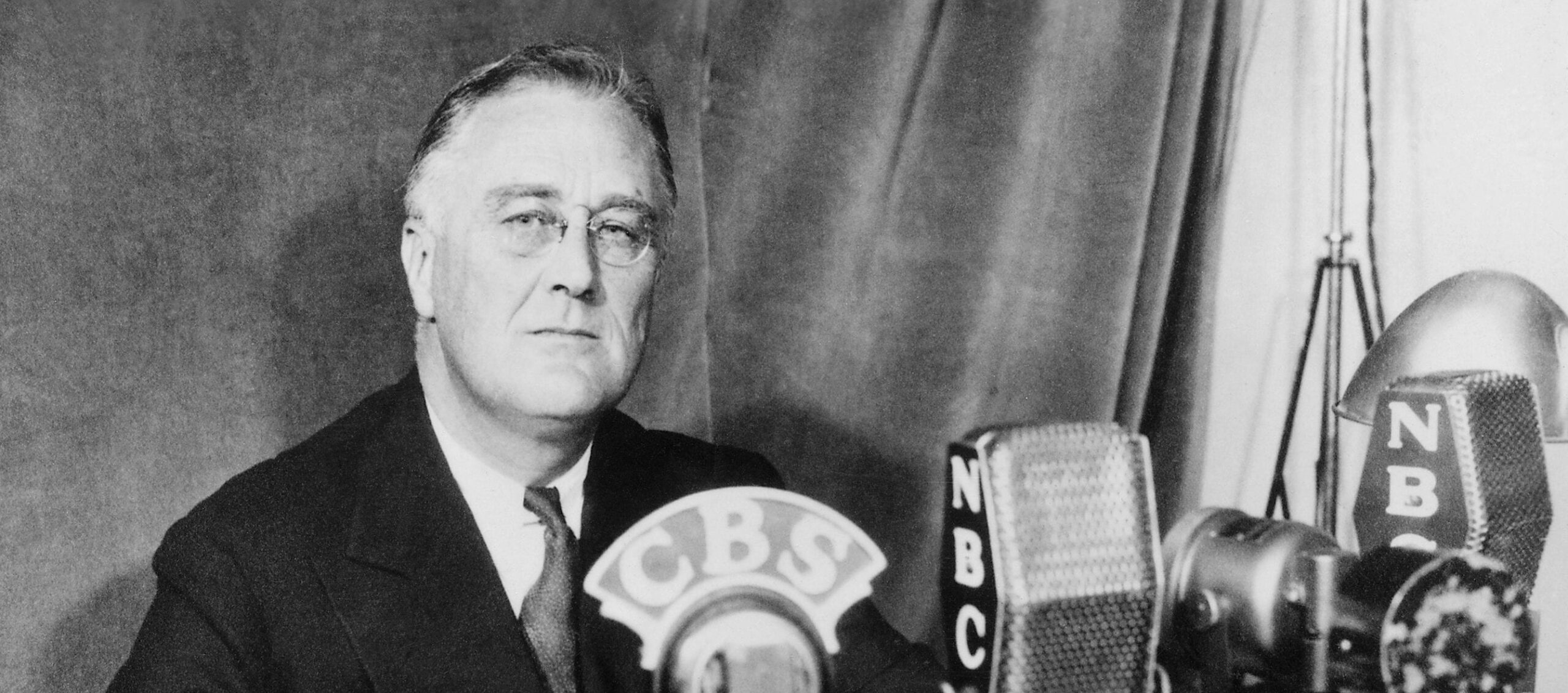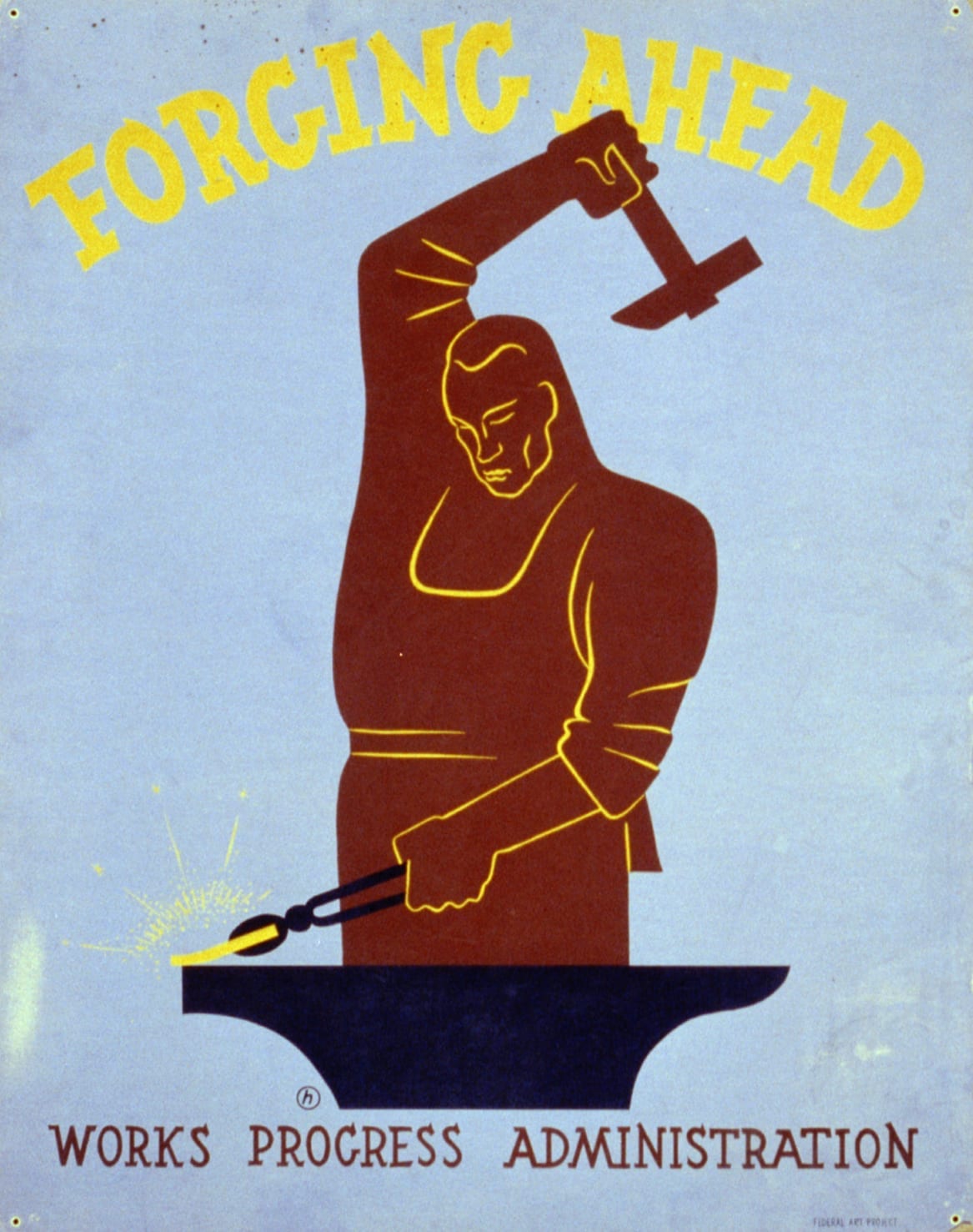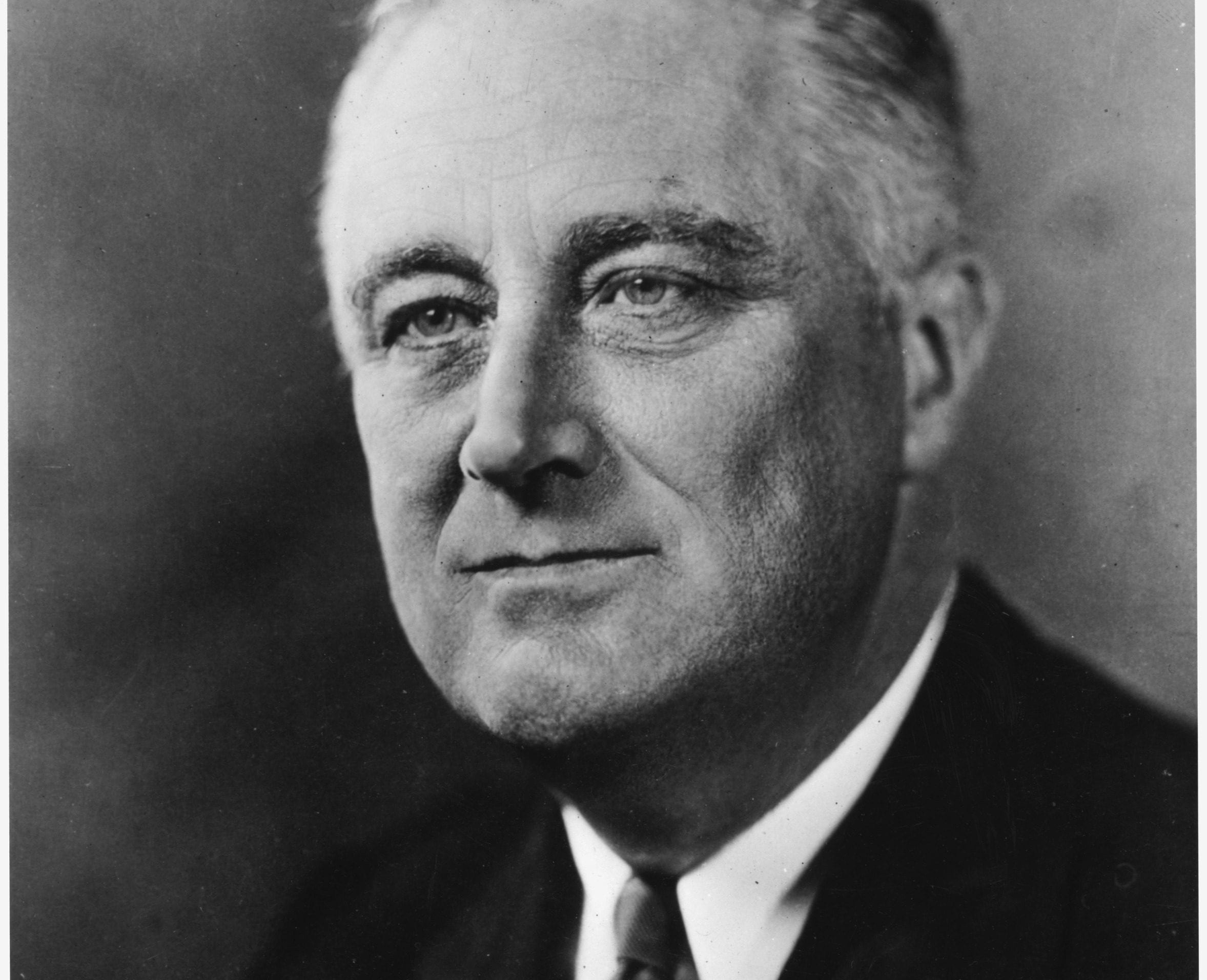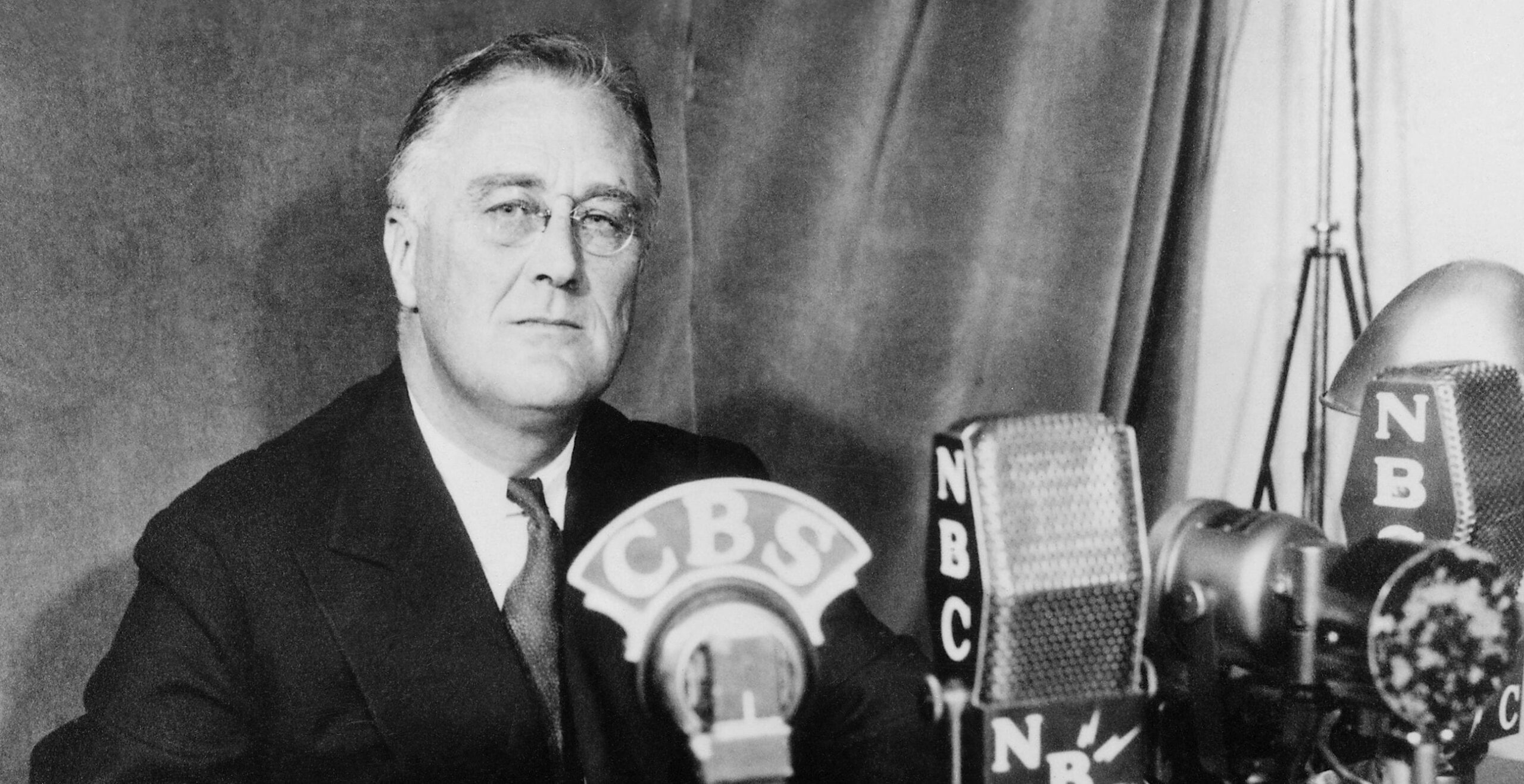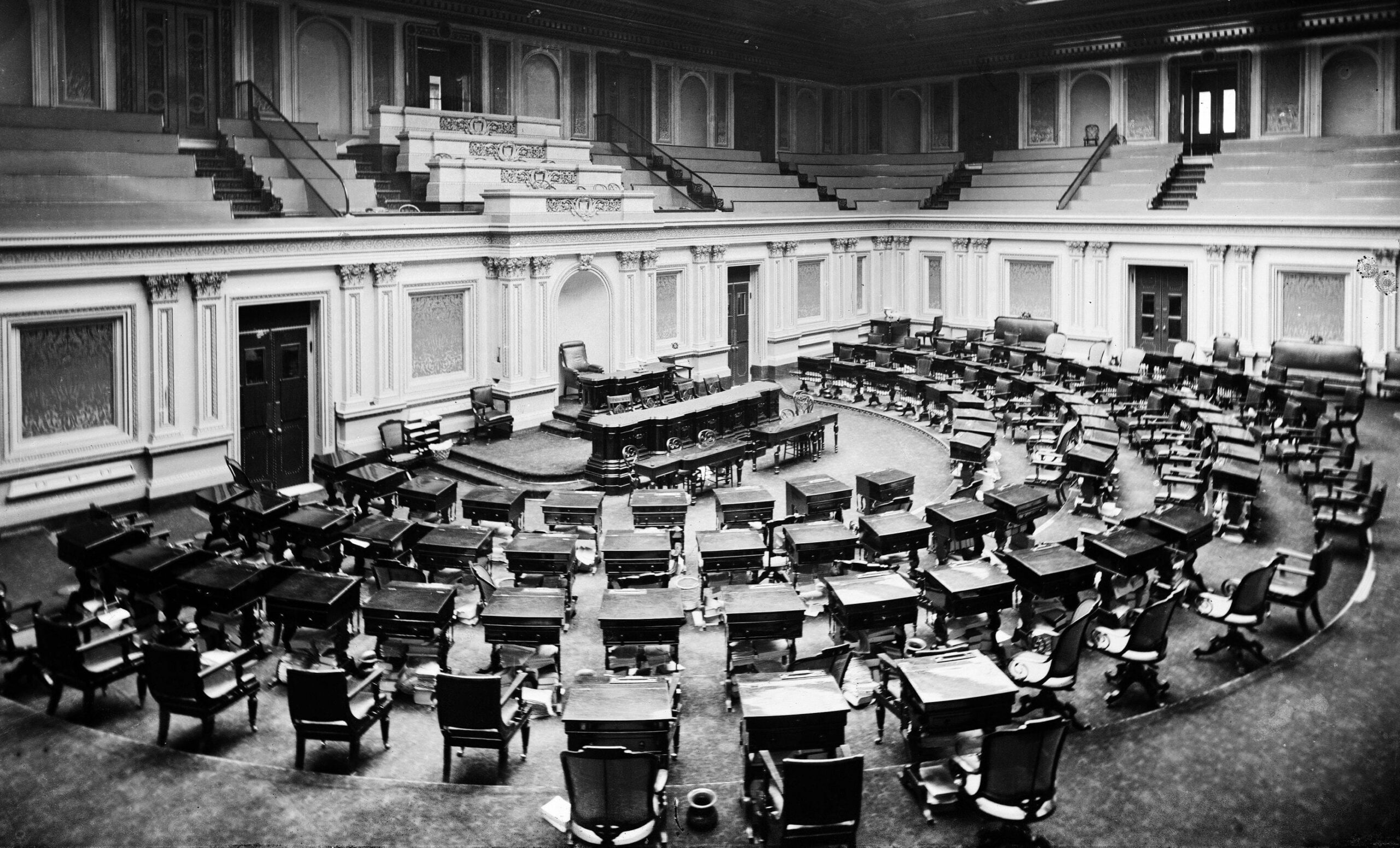

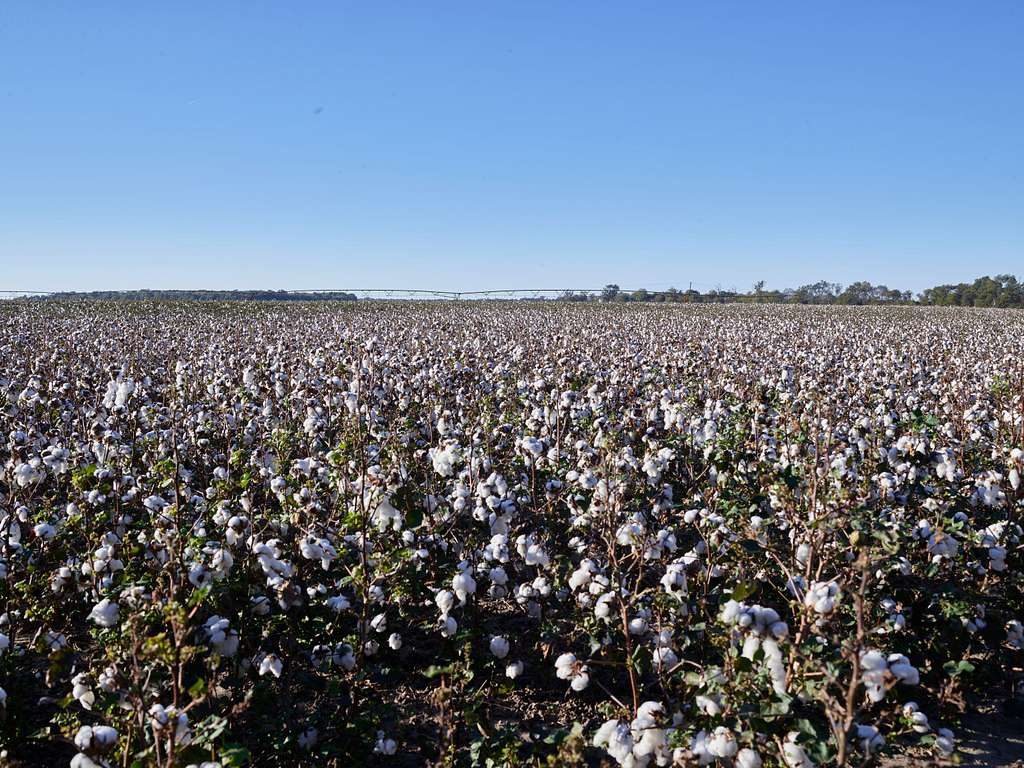
Introduction
To combat the Great Depression, the administration of Franklin Roosevelt (1882–1945) created a number of government agencies, which in turn administered a number of programs to support and regulate industrial and agricultural production and interstate commerce. Among the newly created agencies was the Agricultural Adjustment Administration (AAA). For African Americans in the rural South, many of whom made their living by sharecropping, the policies of the AAA were far from helpful.
The AAA had been formed under the 1933 Agricultural Adjustment Act; its purpose was to implement a “domestic allotment” plan to raise the price of farm products by paying farmers to produce less. This proved very advantageous for farmers who owned their own land. However, for those who lived and worked on land owned by others, the results were often disastrous. Landowners simply informed sharecroppers that their labor was no longer necessary, and evicted them from the land. A few members of the AAA tried to fight this, but were soon dismissed after encountering objections from southern Democrats. Black journalist E.E. Lewis took to the pages of Opportunity to express his dissatisfaction with the AAA. (Opportunity was the magazine of the National Urban League, an organization founded in 1910 to defend the interests of urban African-Americans.) Lewis acknowledged the racial prejudice affecting black sharecroppers. He also pointed out that in so far as that prejudice prevented changes to the AAA program, it hurt white sharecroppers equally. This led Lewis to emphasize the underlying economic and technological conditions of southern agriculture affecting both blacks and whites.
Source: Opportunity: A Journal of Negro Life, 13:3 (March 1935), p. 72. Available at https://babel.hathitrust.org/cgi/pt?id=inu.32000007516315&view=1up&seq=396
The avowed aim of the new deal is to enhance the well-being of the masses, but matching this aim with the actual achievements of the Administration is not a very happy occupation. Nowhere is the discrepancy between aim and achievement more disconcerting than in the case of the Negro cotton producer. The natural reaction of those interested in the economic problems of the Negro is to pass judgment upon the personal character of the individual members of the Administration. A much wiser plan is to forget personalities and concentrate our attention upon basic social and economic forces which are so largely responsible for the present federal program and for the present and probable changes in the cotton growing industry itself. In so doing one is likely to make a shrewder guess as to the future, and hence it is in these terms that I should like to respond to Mr. Carter’s[1] request for comment on the prospect of the Negro agricultural worker.
While the agricultural “adjustment” program is, broadly speaking, the result of a very real need for some form of farm relief, the specific program in force represents the government’s response to a particular kind of political pressure. The fundamental fact to bear in mind in examining the present set-up (or in fact the whole story of agrarian revolt from the days of Greenbackism[2] to Mr. Hoover’s Federal Farm Board)[3] is that the “farmer” for the purpose of politics is not simply an individual cultivating the soil but the independent business man in agriculture. The independent farm owner and the richer farm tenant are and always have been the vocal element in our farm population, and hence the class to obtain concessions from the government. The character of the farmer lobby is of fundamental importance in understanding the present program.
The basic purpose of agricultural adjustment as conceived by the present administration runs in terms of farm prices, if we leave aside the supplementary credit program (the farmer’s R. F. C.).[4] Increase the value of farm products (by raising prices) and add to these market prices certain benefit payments—that is to say, enhance the total income on individual farms, but take no thought concerning the distribution of these increased returns. Now this is a business man’s solution of farm relief; whereas a program aimed at the relief of our farm population as a whole would run thus: Increase the total income of each individual farm, and see to it that both farm capital and farm labor benefit from the increased income.
As a matter of fact, these two programs come to about the same thing under certain conditions. If American agriculture were carried on entirely by small independent farmers, owning their land or renting on some equitable basis, and performing most of the labor, then a program such as we have would be truly “democratic.” For if . . . the same family, receives the entire farm income we should have no reason to worry about the division of benefits as between profits and wages. No doubt one can explain much of the inconsistencies between the apparently sincere expressions of “good will” emanating so frequently from members of the Agricultural Adjustment Administration and the actual concentration of benefits by the fact that Mr. Wallace[5] and his aides have in mind just this type of farm organization. But, the program as formulated at present is truly democratic only if and where agriculture is so organized.
Taking the Cotton Belt[6] as a whole, however, we find a sharp degree of economic stratification. It is best illustrated by the large plantations with their concentration of wealth and power in the hands of the planter, but the plantation system also colors the relationship between the tenant and landlord on non-plantation land, and for that matter the small farmer (renter or owner) and the credit-granting merchant or banker generally. This is not to say, of course, that there are no truly independent small farmers in the South, but simply that concentration of control is very much more prevalent there than elsewhere.
What happens when a program designed merely to increase the total income of each individual producing unit is applied to a section where the control over these producing units is concentrated in a relatively few hands? Just what is happening in the South today. Any other result would simply indicate that Southern planters, unlike the rest of us, are not actuated by self-interest. If the government were really bent on a democratic type of rehabilitation for all cotton producers, it would be compelled by one means or another to put its power behind the Southern share-cropper to force a more favorable division of benefits. The principle that force must be met with force in economic as well as military affairs is one to which the Administration has paid at least lip service in the case of labor relations in industry, but not in agriculture—a fact attested by the complete exclusion of the farm laborer from the program and the highly unsatisfactory provisions affecting share-croppers.
With respect to the agricultural program as a whole, this is, as has been said, a reflection of the type of political interests behind the farm relief program. With respect to the Cotton Belt itself, there are further complicating factors. To begin with, cheap labor has been the life-blood of the plantation system and an attack on low labor incomes in the South would be interpreted by the Southern planters not as merely one more thorn in the flesh, but as a mortal blow. The aristocracy of the South is not going to put up with any nonsense about share-croppers’ unions and the like. Moreover, it happens that the present national administration is Democratic—in party if not in policy—and must rely to a large extent upon the support of the dominant class of the South. If one expects the Roosevelt administration to “smash” the Southern labor system or to modify it appreciably, one is leaving out of the picture some of its most essential details.
An additional complicating circumstance in the Cotton Belt is the existence of the race issue, both as it appears today and as it reflects the unique historical forces which have shaped the Southern system. For the biracial character of the labor force of the Cotton Belt on the one hand renders more stubborn the resistance to any sort of economic change, and on the other makes the resistance so much the more effective. A concession to the sharecropper class is not only one to labor but one to the Negro as well. And such a concession is thereby made more distasteful, and less necessary.
One may disagree perhaps that the race issue fits in here, for it seems to imply that the race issue is relatively minor. In a sense it is just that, and it will be well to examine the question rather carefully. When we look at the problem of the Negro farmer, the feature which stands out most sharply is his handicaps as compared with his white neighbor. Sources of credit available to the white man are closed. The credit that he does get is much more expensive than that of the white man. Legal redress in matters of contracts are beyond his reach. One may cite any number of difficulties which he encounters solely because of his race. All this is most unjust, and any fair-minded observer will immediately conclude that these racial differentials ought to be wiped out. And yet, if all these matters of racial discriminations could be eliminated, a real question would remain. How much would the lot of the Negro farmer actually be improved if he were put on a par with the white man? Is the small white farmer living in an economic paradise? To one familiar with the facts, the answer to the last question is all too obvious. Whether we like it or not, the basic problem of the South is fundamentally economic and not racial—the problem of the poor man (white and black) and not the problem solely of the underprivileged Negro. Any program of economic betterment of the mass of cotton producers must run in terms of a general economic reorganization of cotton production as a whole, and not merely in terms of a purely racial program aimed at eliminating the differentials between Negro and white. The latter type of program is of course most desirable as far as it goes, but after all an intelligent traveler makes sure not only that he is headed in the right direction but also that he has the proper means of really getting to his destination. Thus, if we regard the race question, not just as a matter of discrimination against the colored man, but in its broader aspects as a deterrent to effective reorganization of Southern agriculture, we are likely to be guided into a much more serviceable program for the colored man himself in the long run.
If we look beyond the immediate government program, we find certain other forces which are likely sooner or later to change the entire situation of the small cotton producer of either race. Traditionally, cotton farming has postulated a supply of extremely cheap labor, for the picking and hence most of the other operations, must be done purely by hand. But the shift to mechanized production through the introduction of the mechanical picker, if not just around the proverbial corner, seems at least definitely in the offing, awaiting the development of favorable economic conditions. Now cotton raising through the use of a mechanical picker is likely to be much more efficient than the old “hand” methods, because picking cost itself will be reduced, and also because the introduction of machinery at this point will make it profitable to use mechanical power down the whole line of pre-picking operations. As a result, the competition of mechanized plantations is likely to prove fatal to the older kind of cotton farming. What will this mean for the mass of workers in the Cotton Belt?
Obviously, the old story of “technological unemployment” will be repeated in the South—the planter who cultivates a thousand acres in cotton by machinery will need fewer workers than he needs now. But the introduction of the mechanical picker will mean more than this. In the first place it will mean a substantial change in location of cotton farming. Experts tell us that the use of a mechanical picker is much more feasible on flat lands such as one finds in the western part of the Cotton Belt, than in the hilly country of Georgia and surrounding states—indeed it is extremely doubtful that the mechanical picker can be used to any great extent in this territory. The shift to mechanization will be a shift to the West. And this in turn will be a shift from the Negro, for there is plenty of non-Negro labor in the West to meet the demand of mechanized production. The same holds true of course with respect to white labor east of the Mississippi River.
But why cannot the Negro follow this trend and go in for mechanized cotton production himself? Such a development would take care of only a small proportion of our present agricultural population, but at least it would be an item on the other side of the ledger. This brings us to the second feature of the change to mechanical picking—namely, that cotton farming will necessitate larger capital outlays than at present. Not only will the machinery itself be more expensive, but its use will involve much larger tracts of land. For the machinery will not pay for itself unless the farm is sufficiently large so that the machine is occupied to a maximum degree. (An idle tractor in the barn eats up profits as effectively as an idle mule.) This means that the new type of cotton farm will become inaccessible to the man of small means. In this respect the Negro takes his place beside the vast majority of white men—the days of the “little fellow” (white or black) seem to be numbered.
If the present administration seems such a poor source of immediate benefit, and if the longer prospects in the Cotton Belt are even darker, one is perhaps tempted to accept the defeat and be done with it. For after all, Southern agriculture has in the past been a place of refuge (however shabby) for the Negro American, and the prospects of curtailed opportunities in this field must certainly be “viewed with alarm.” Without minimizing the serious dangers inherent to the situation, however, one may still find . . . a flicker of light ahead. Certainly we have in this country the material basis for a good life for all our population, white and black, and who knows but that we shall turn the trick! It is in that happy consummation that hope lies for the vast majority of Negroes and whites. Just where that larger problem will lead us is another story, but the first chapters seem pretty clear and they concern such things as social security, shorter hours, collective bargaining, and related programs. It is primarily along such lines that those interested in the welfare of the Negro must direct their efforts. Once these broader objectives are set, the purely racial elements in a program for Negro betterment become really significant. For if the standard of living of workers in general is being substantially raised, the fight against racial discrimination in matters of pay and other working conditions will mean real improvement for the Negro himself. The achievement of these ends involves something more than a reformulation of aims on the part of the Negro. It necessitates as well among both Negroes and whites a deeper realization of the community of their interests and of the necessity of cooperative action.
- 1. Perhaps Elmer Anderson Carter, the editor of Opportunity from 1928 to 1945.
- 2. A movement of the 1870s, popular among farmers and in the South, advocating increasing the supply of paper money.
- 3. Established in 1929, the Federal Farm Board sought to stabilize prices for agricultural products.
- 4. A reference to the Reconstruction Finance Corporation, a New Deal agency established in 1932 that made loans to businesses.
- 5. Henry Wallace, Secretary of Agriculture, 1933–40.
- 6. The area of the southeastern United States where cotton was grown, stretching from Maryland to eastern Texas.
Speech on Social Security
April 19, 1935
Conversation-based seminars for collegial PD, one-day and multi-day seminars, graduate credit seminars (MA degree), online and in-person.
